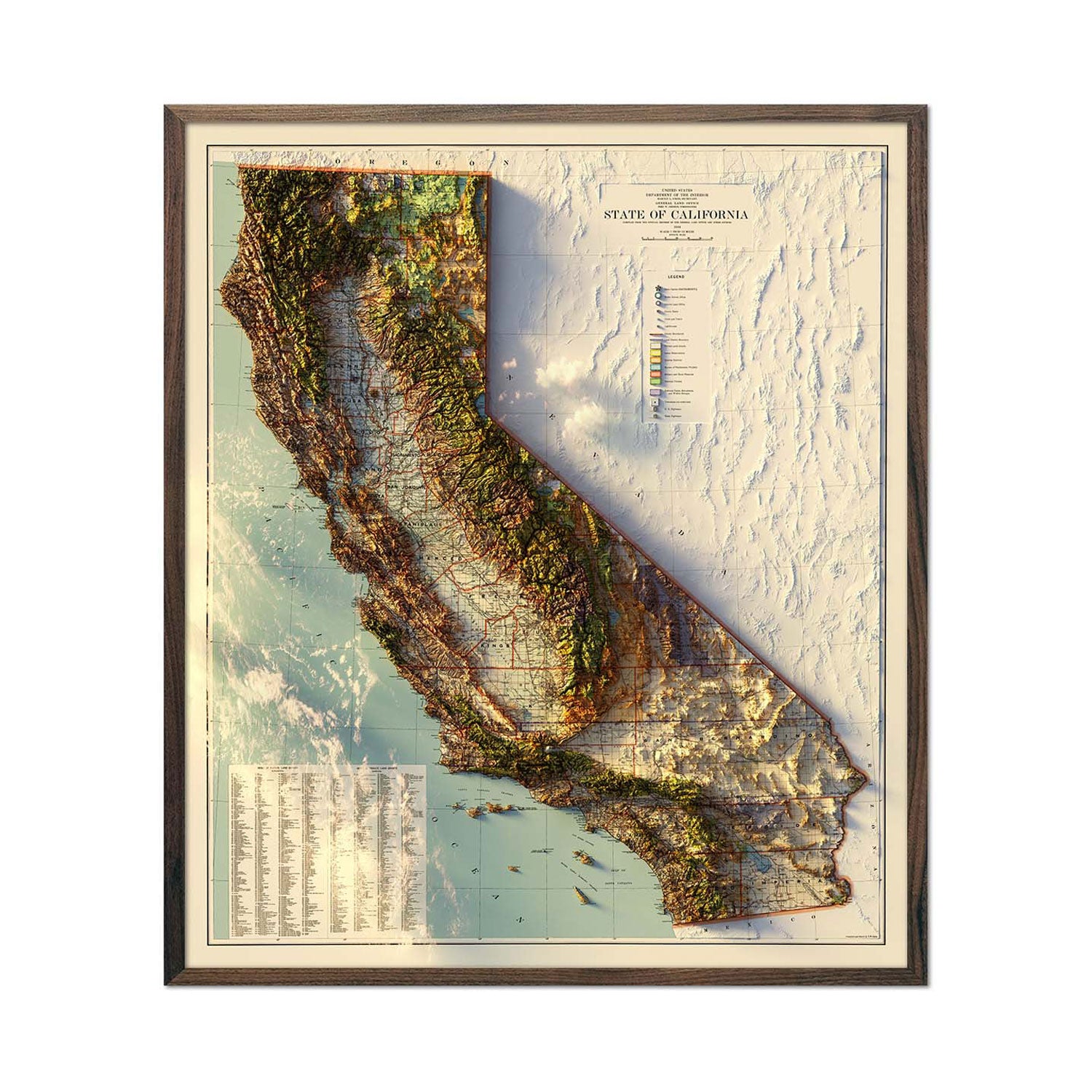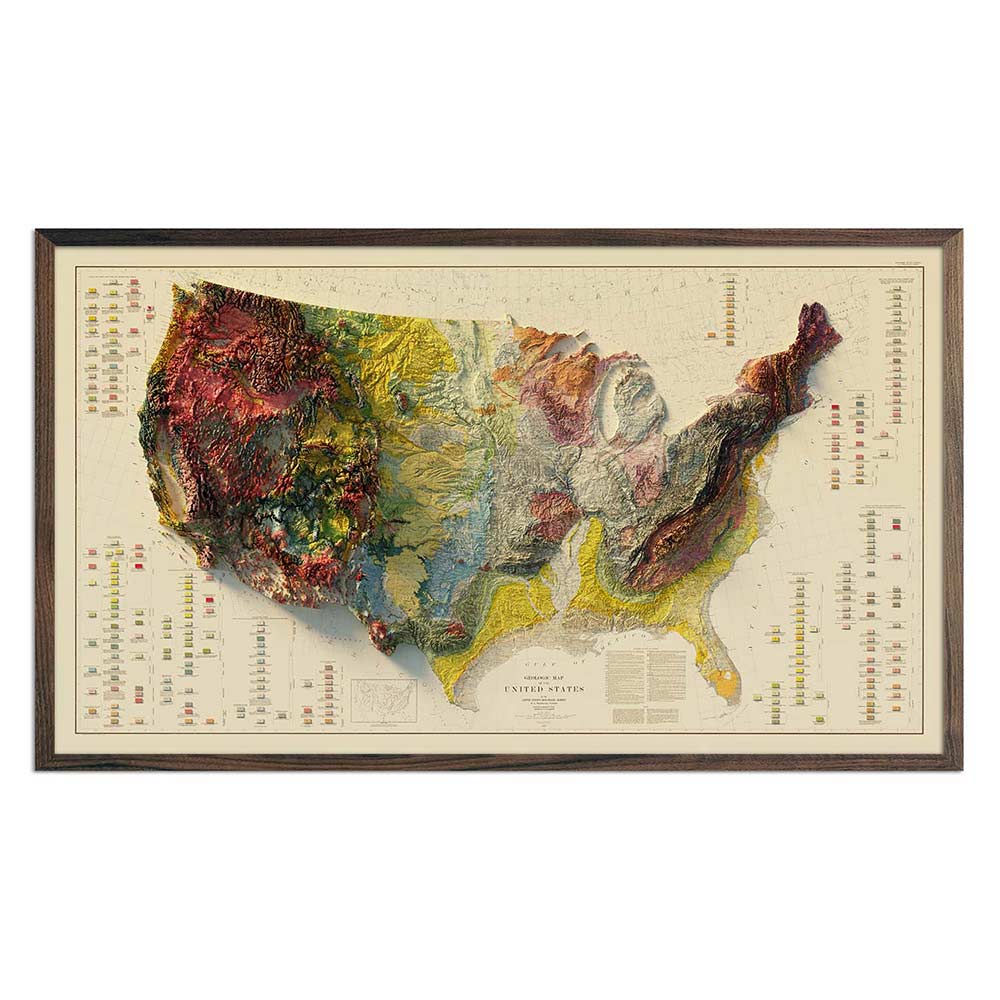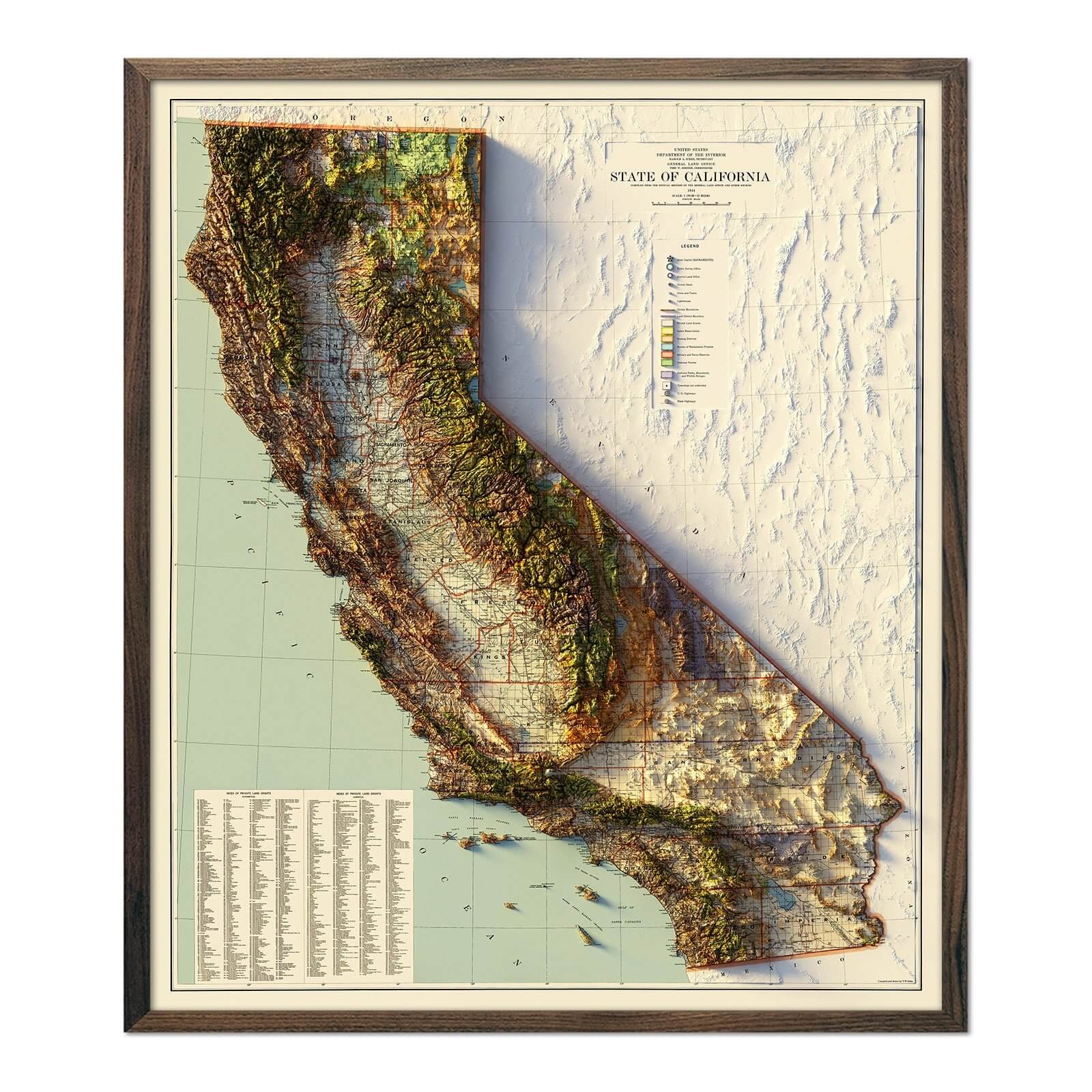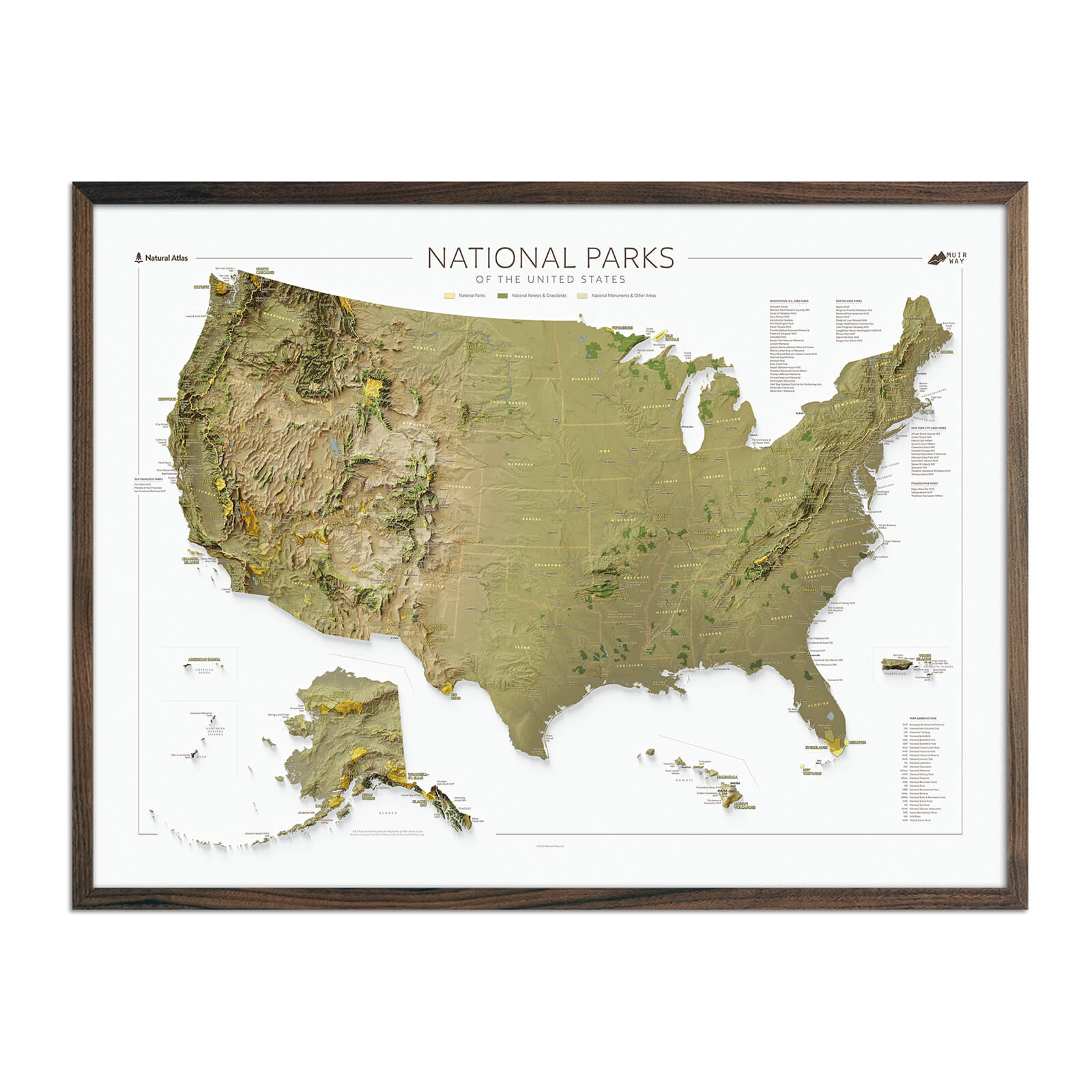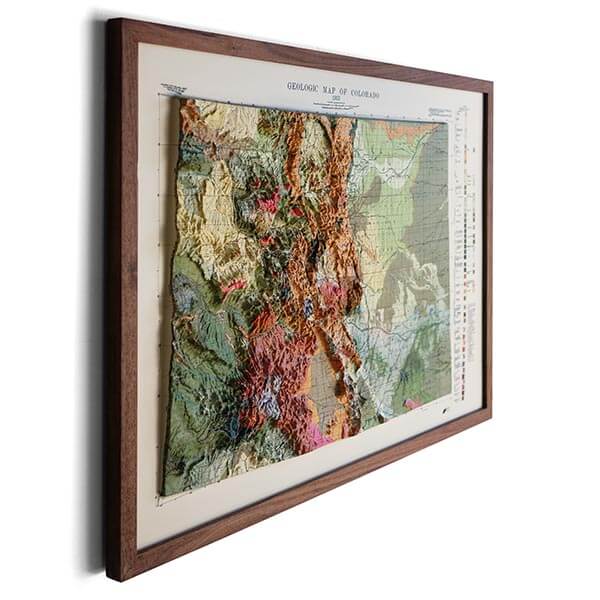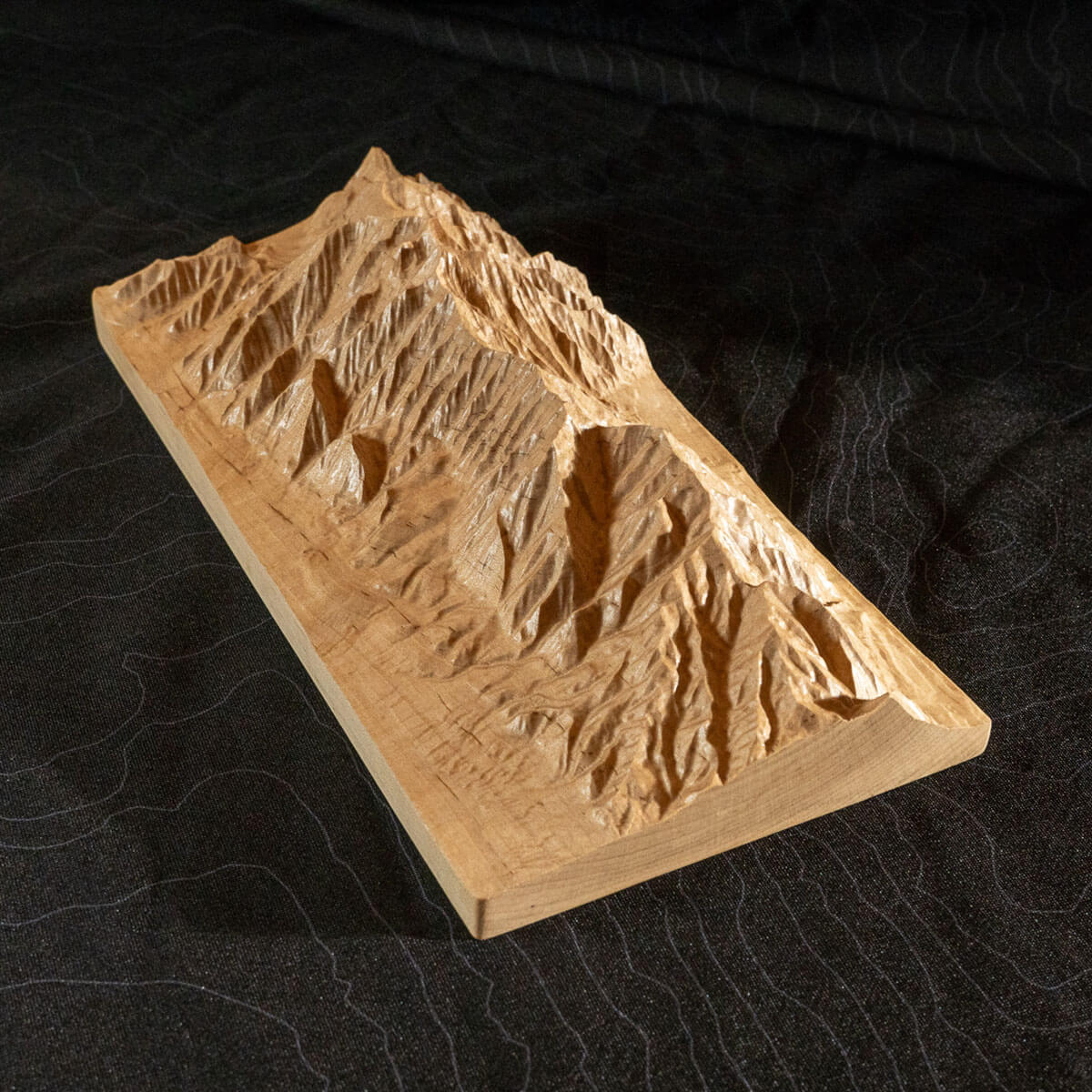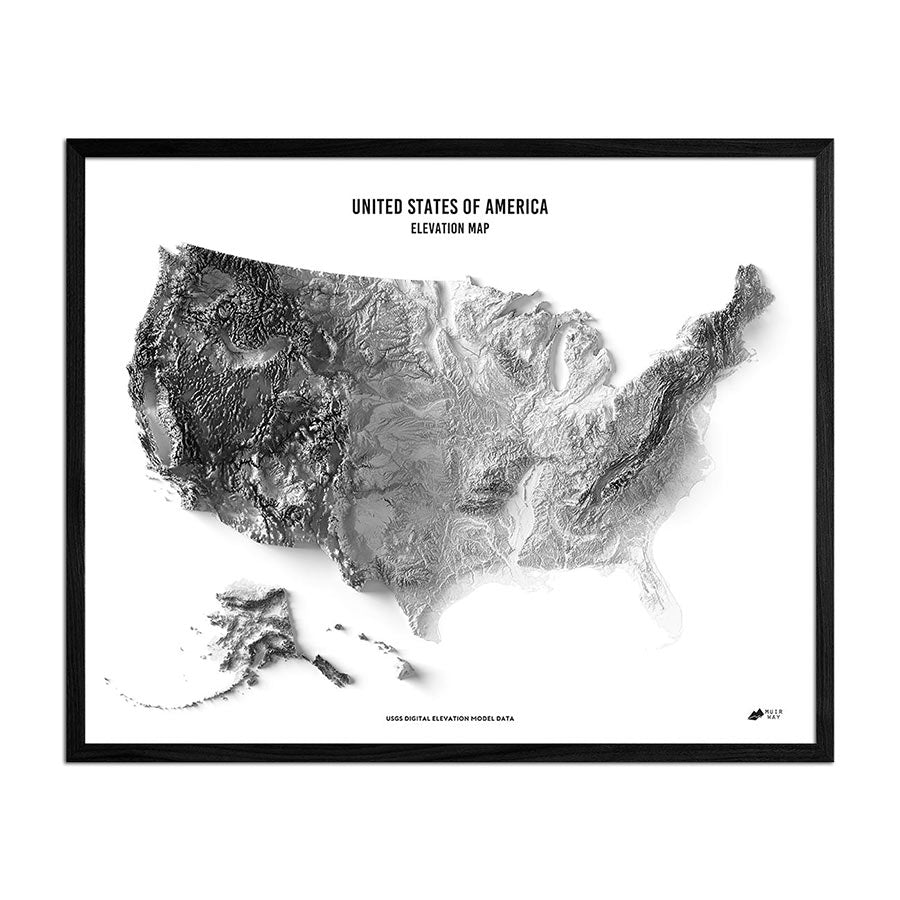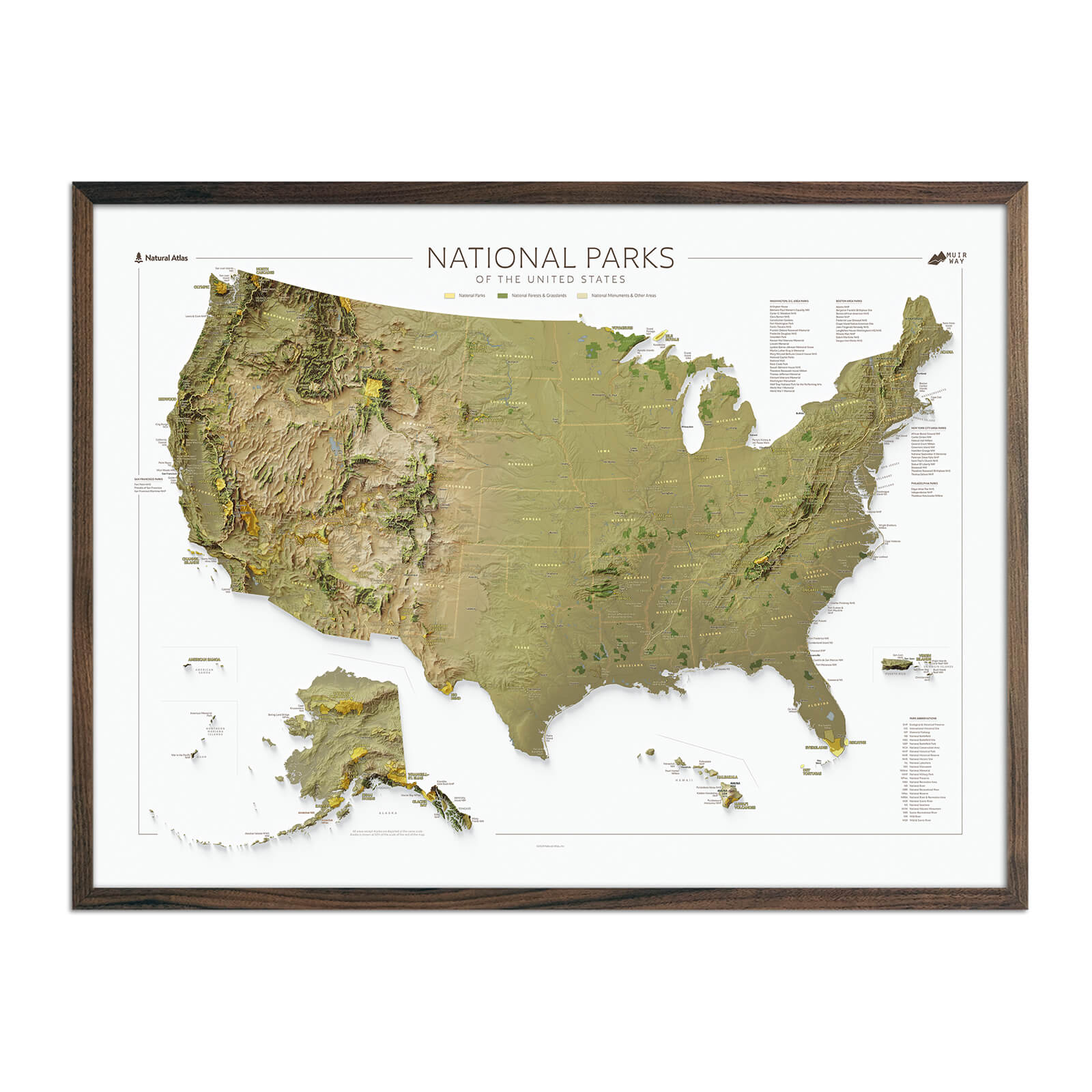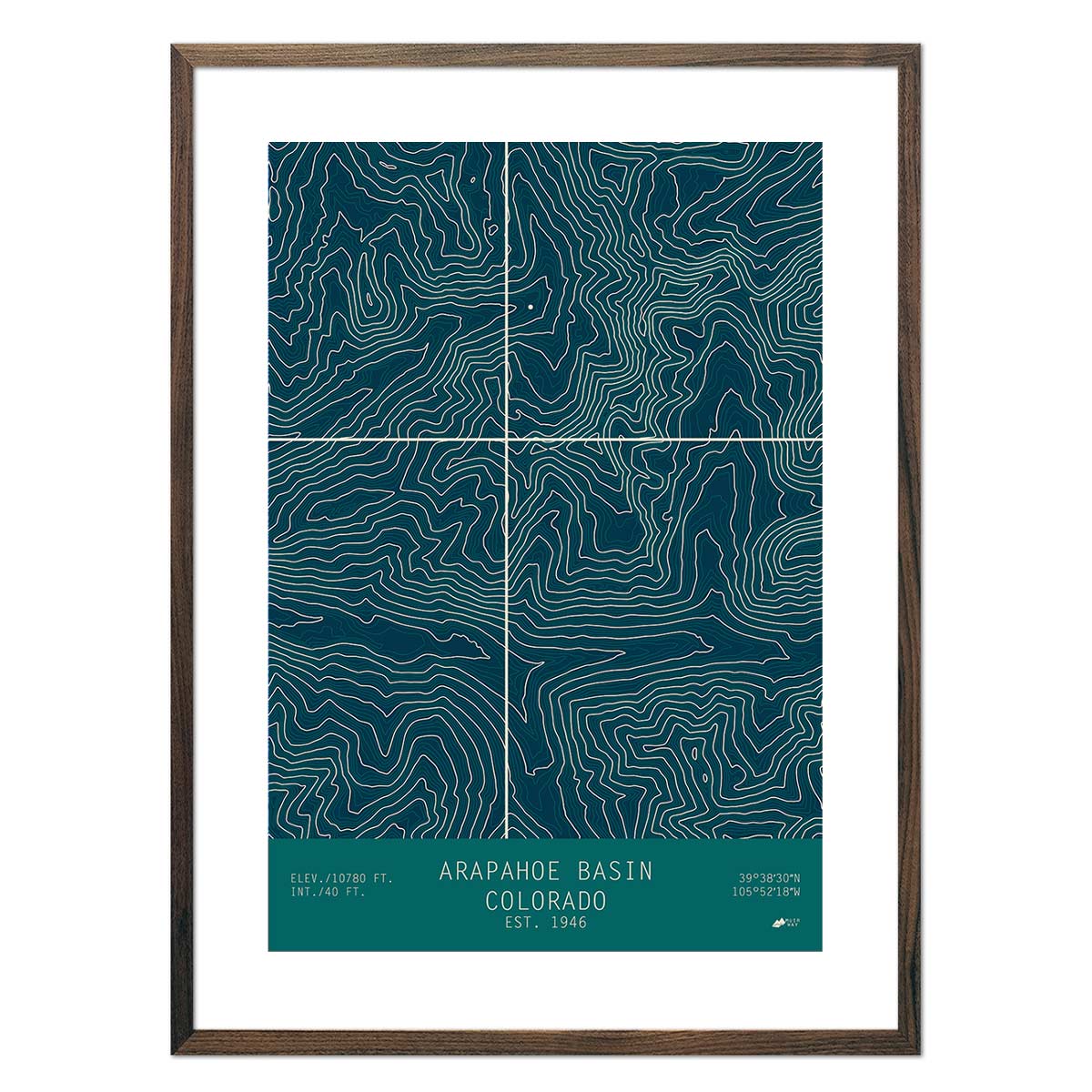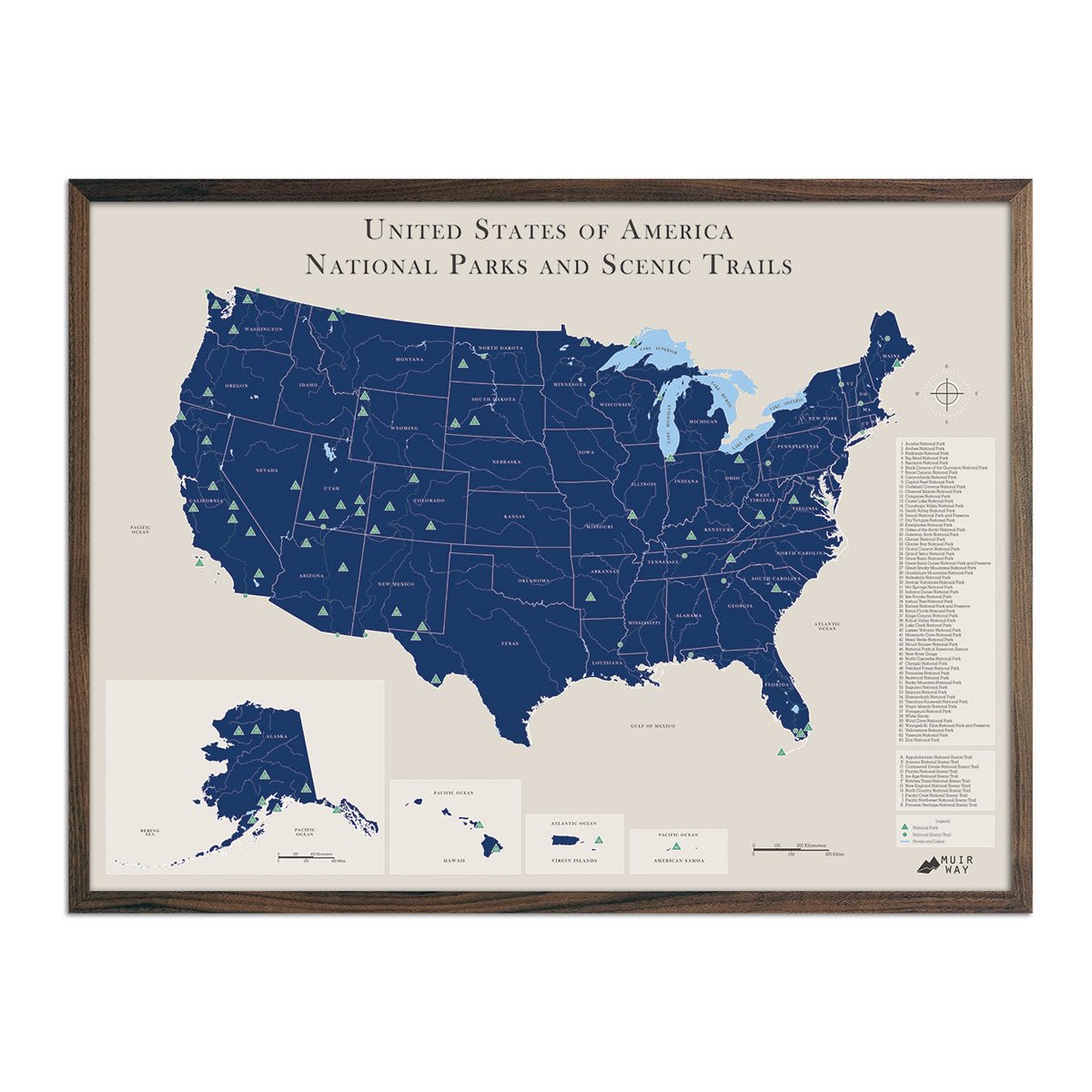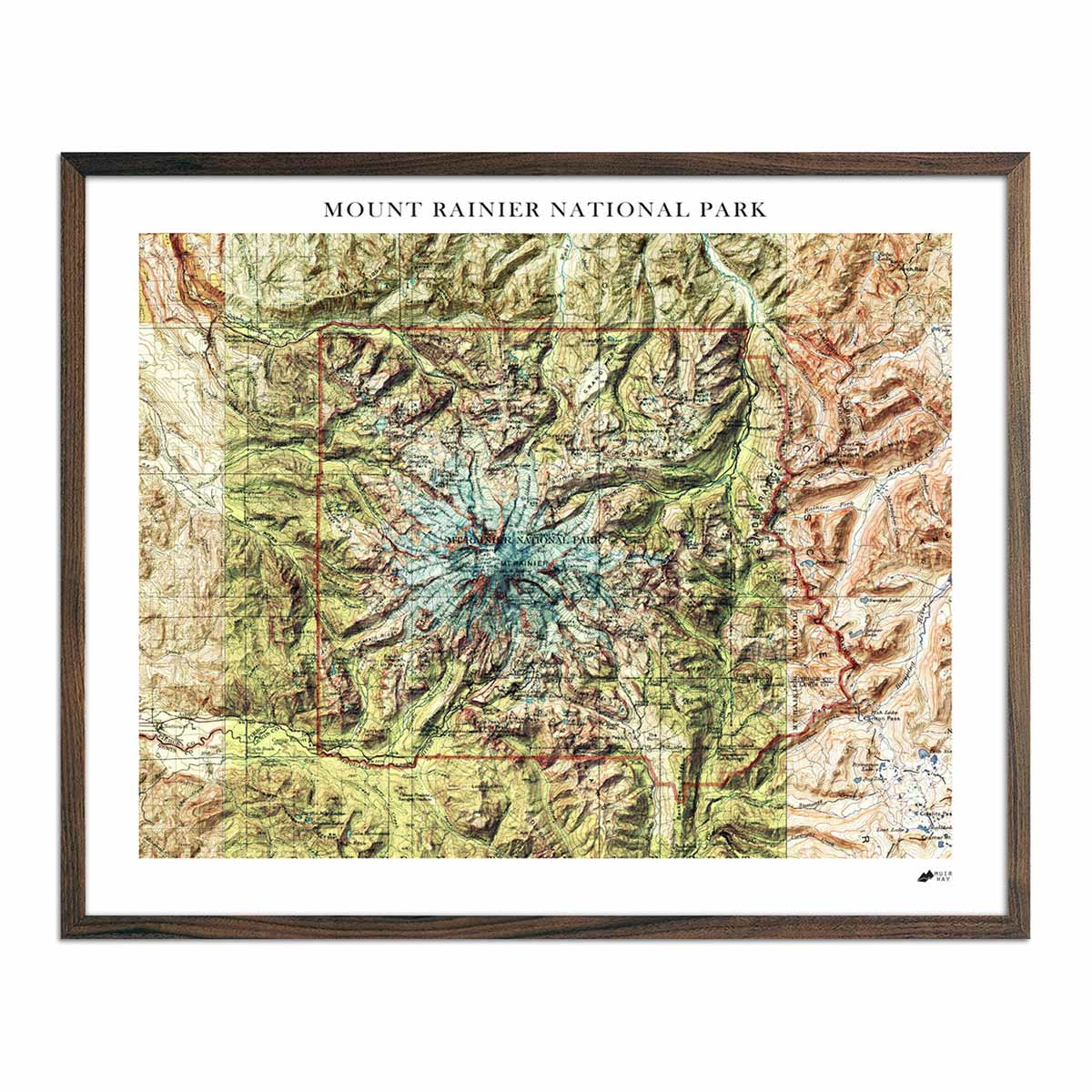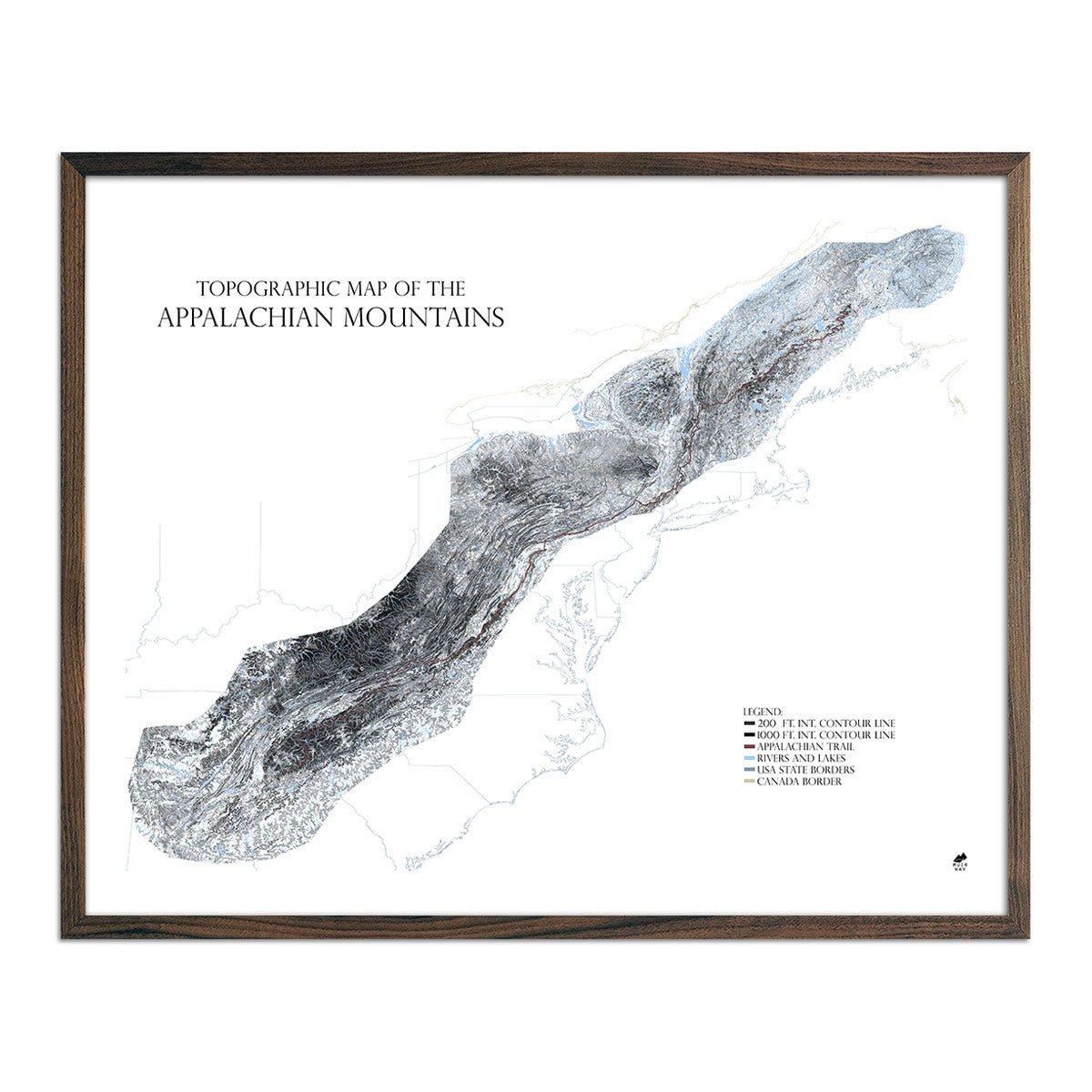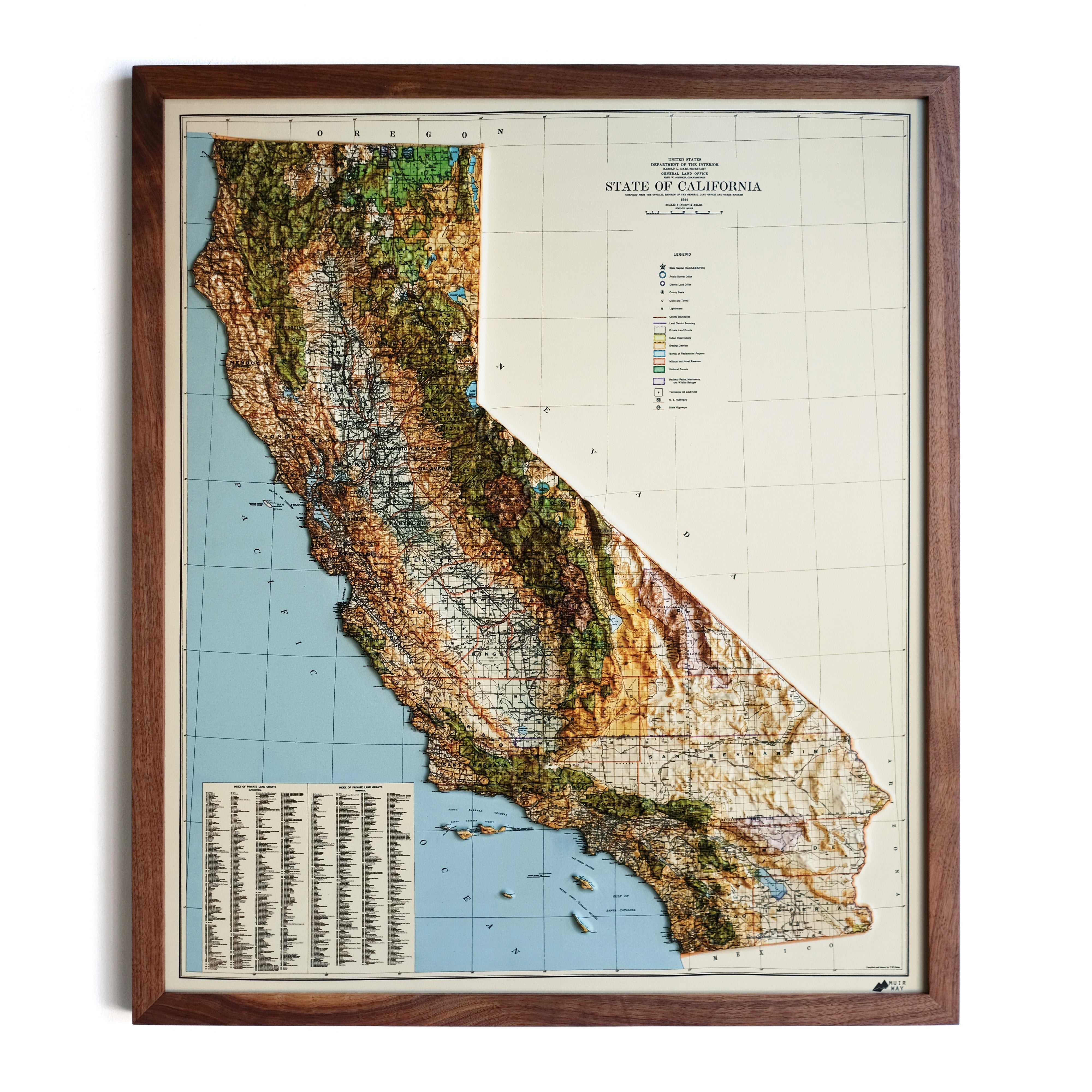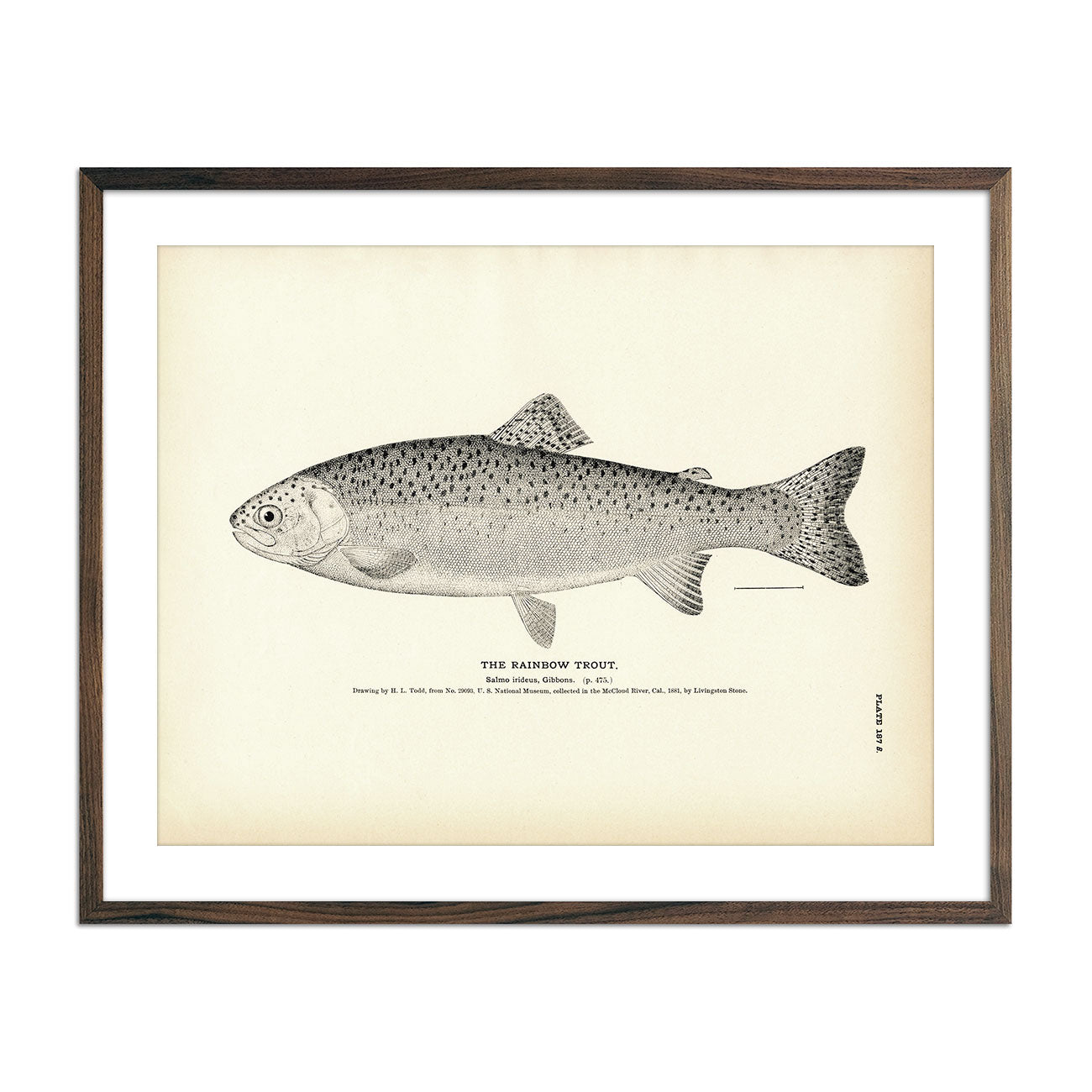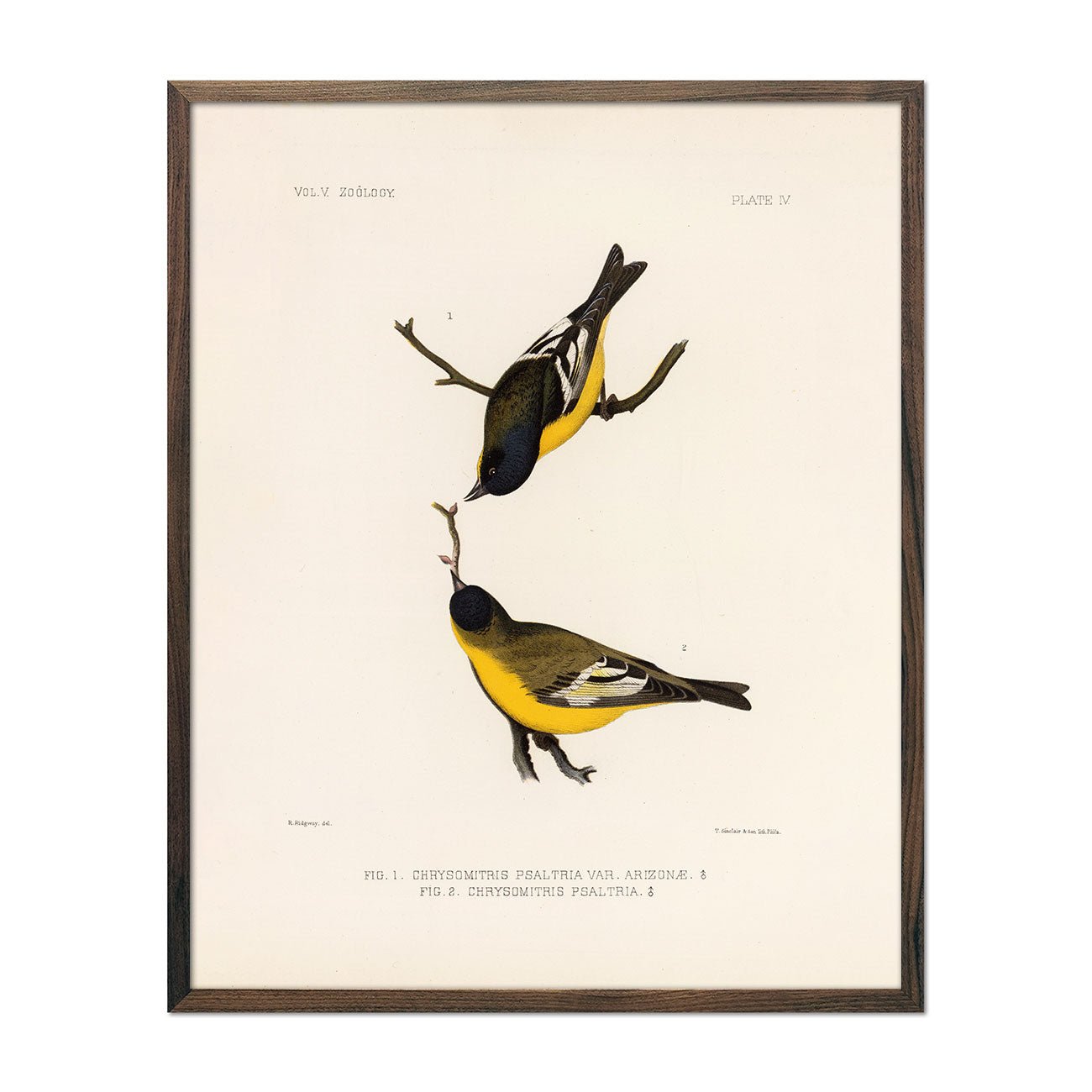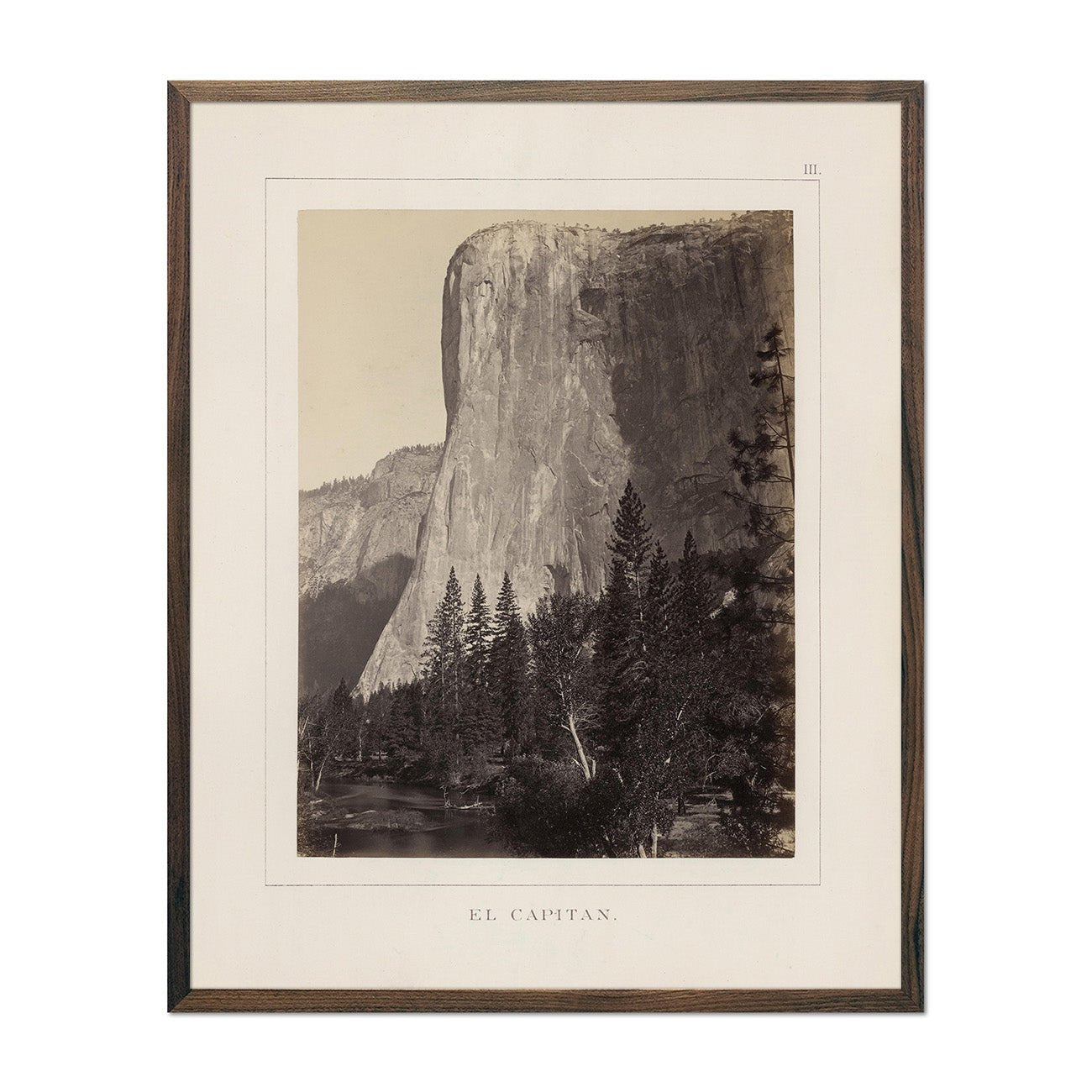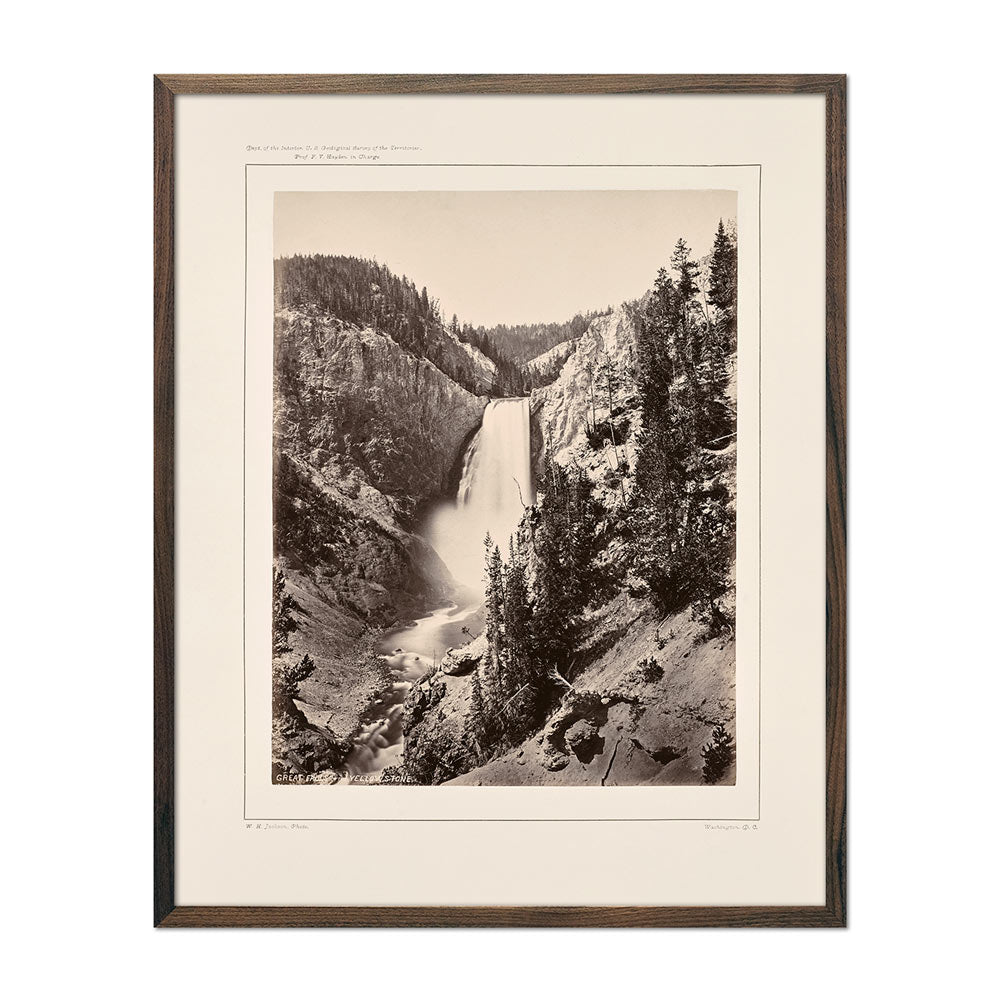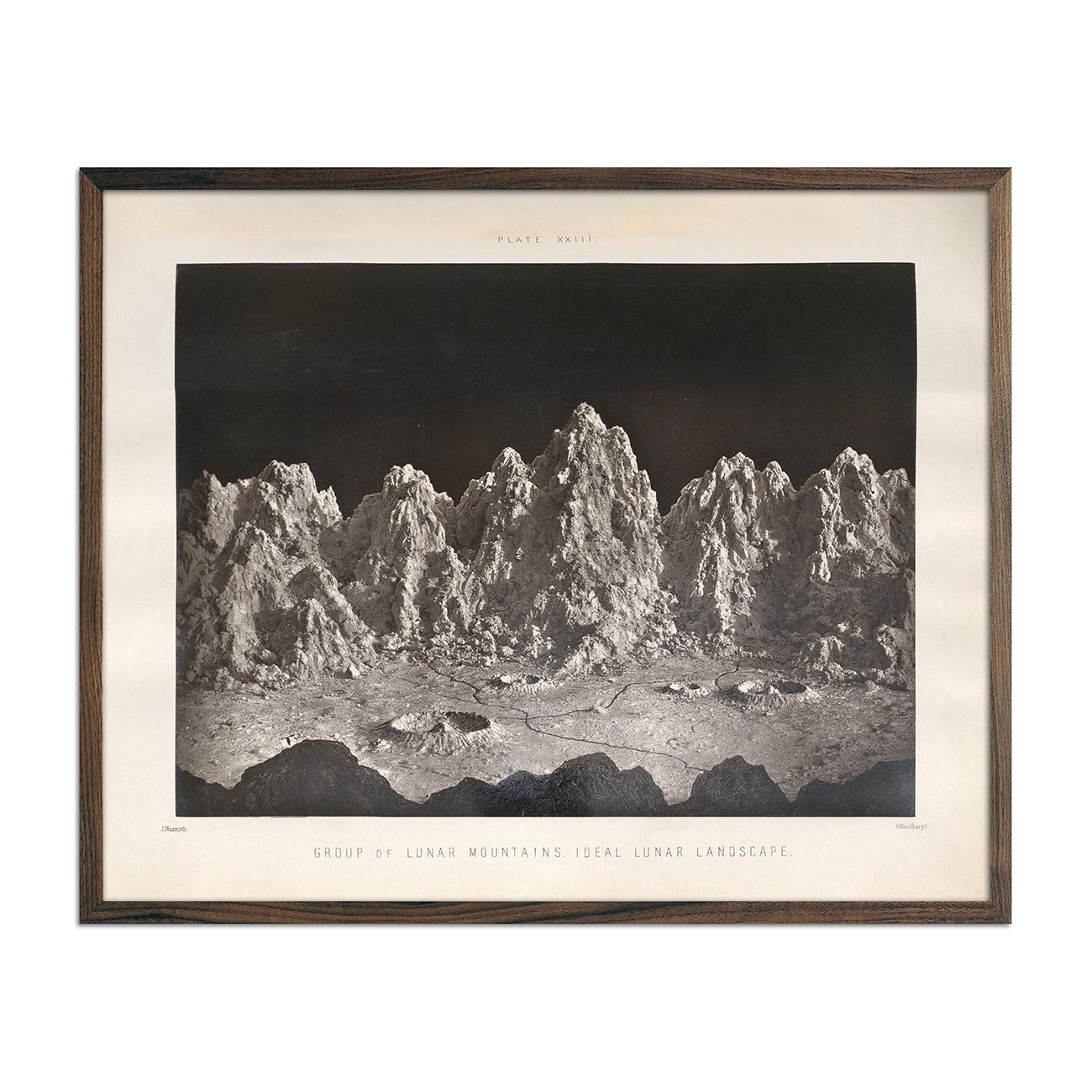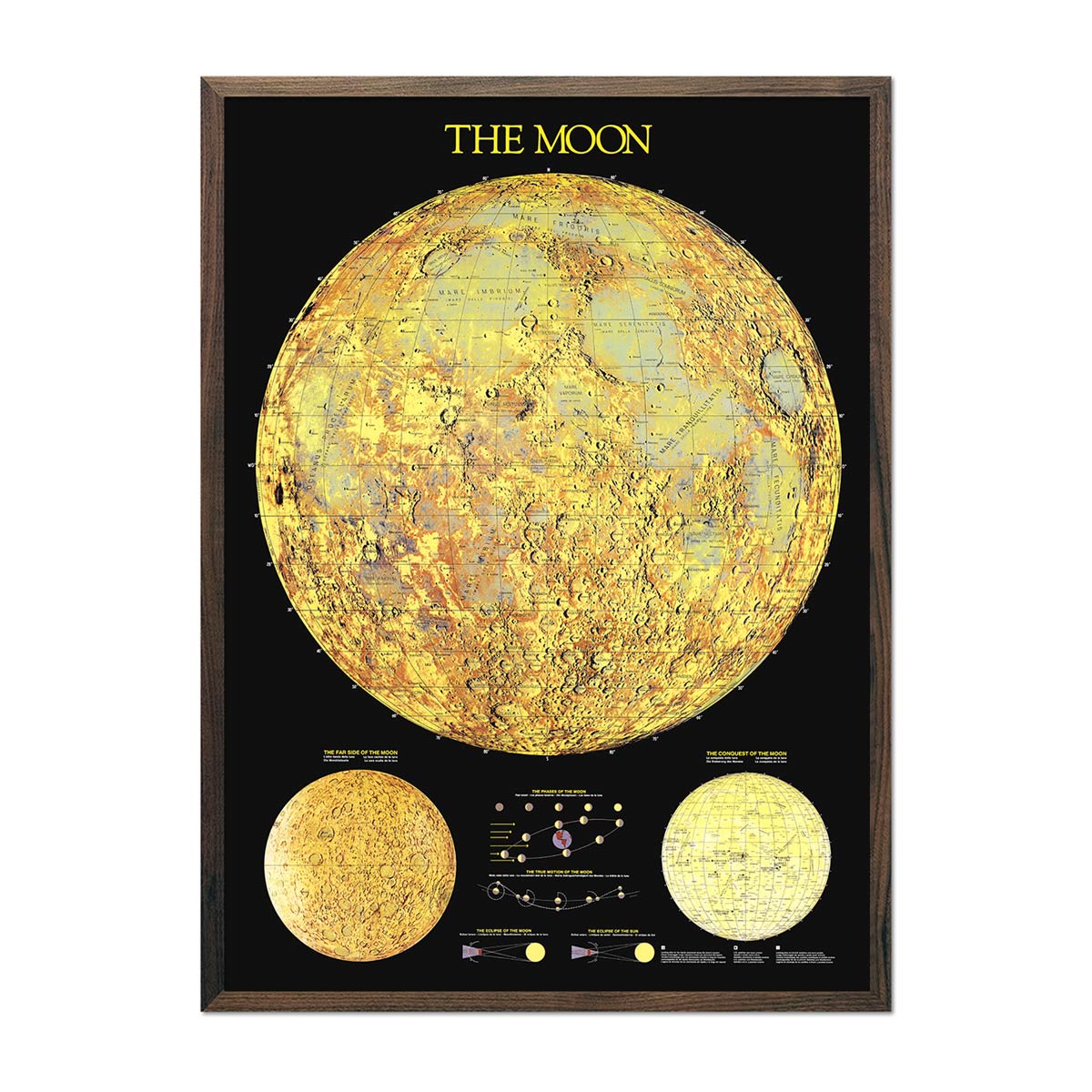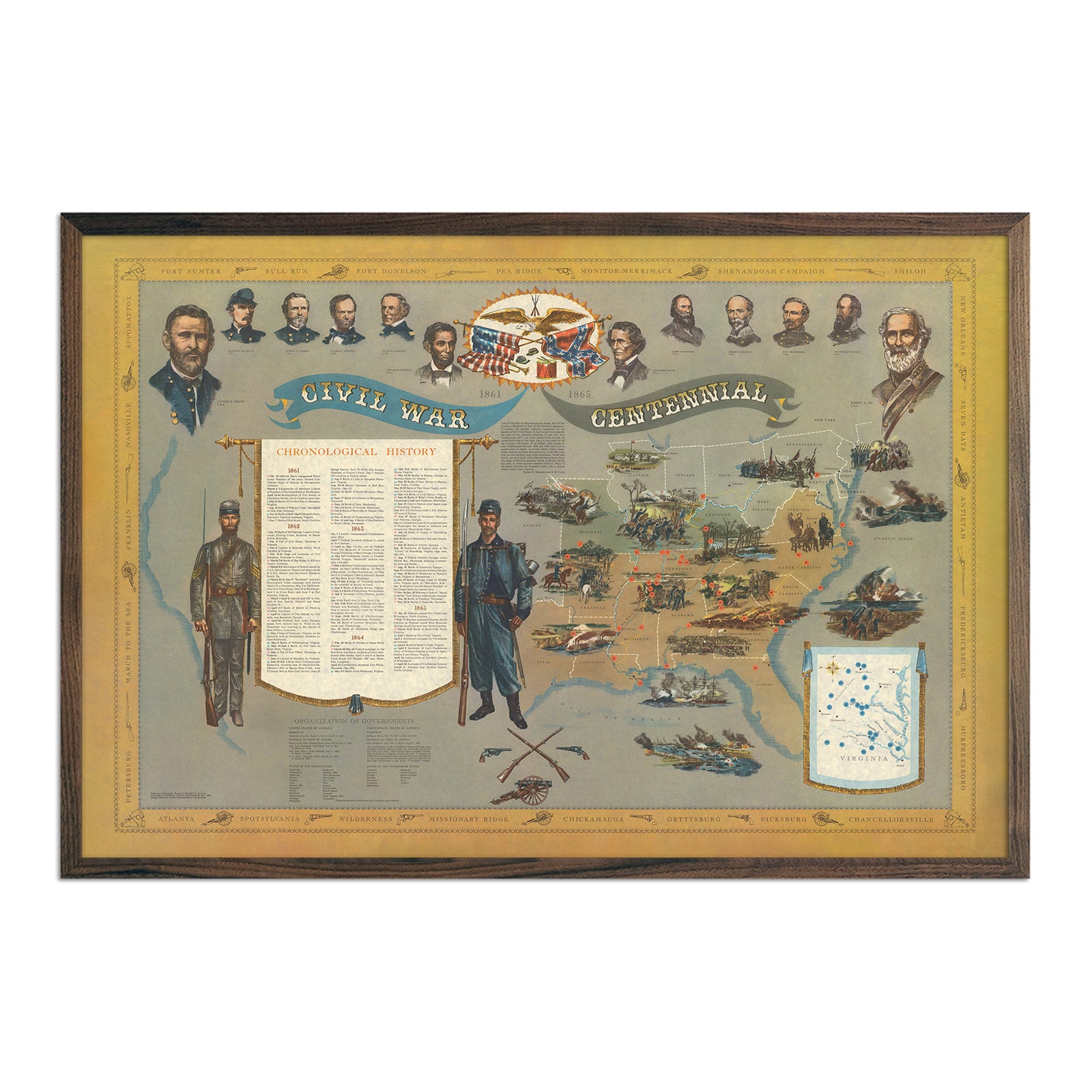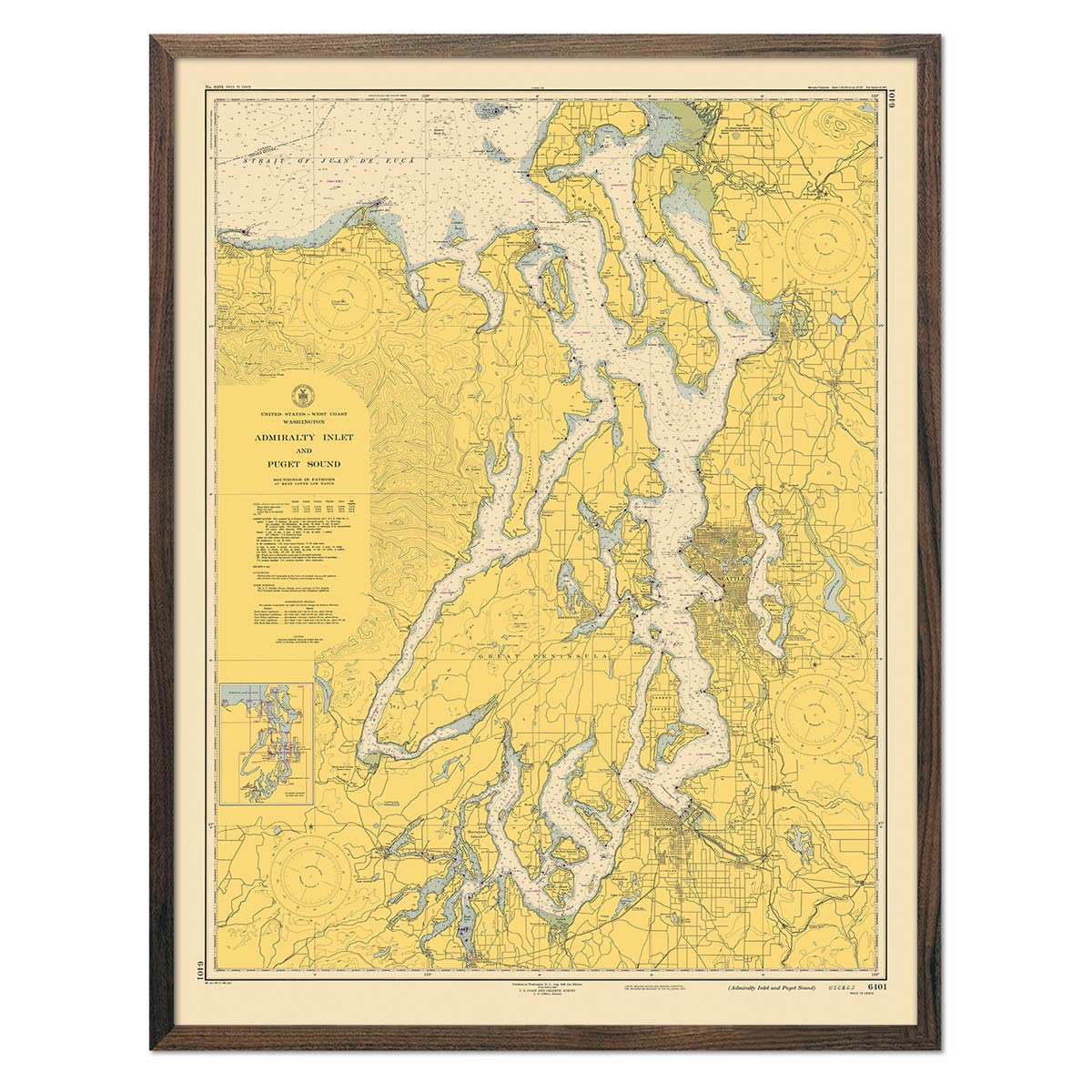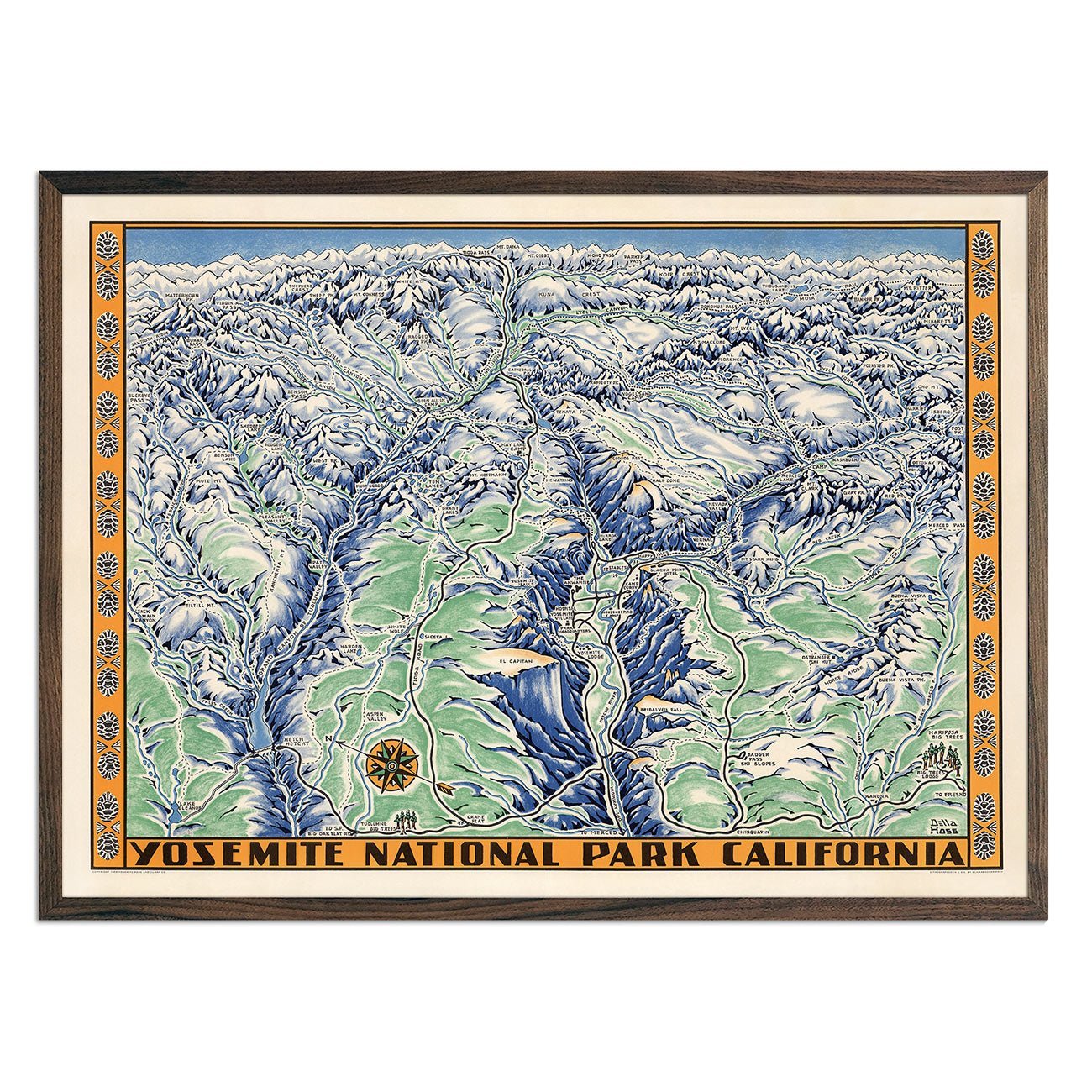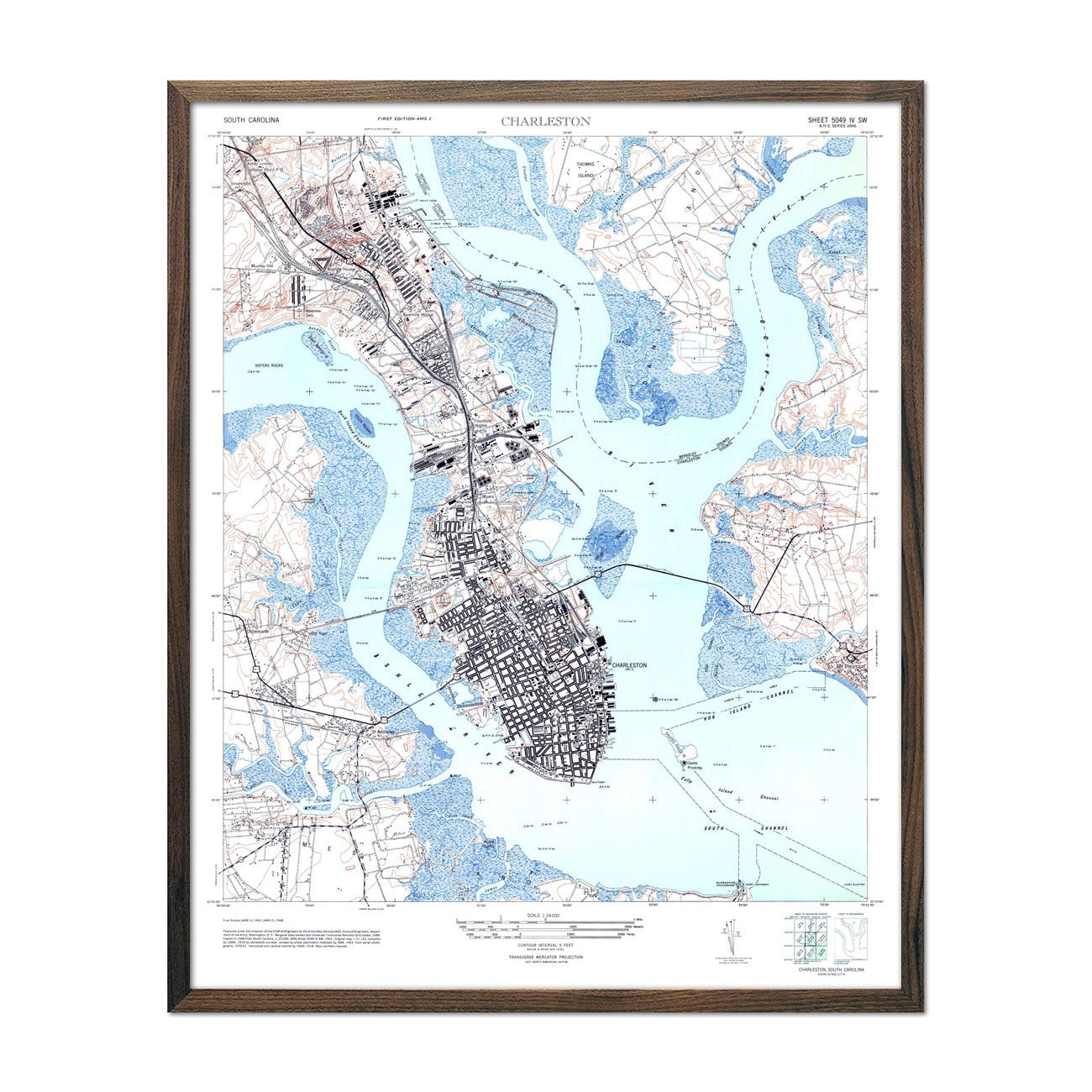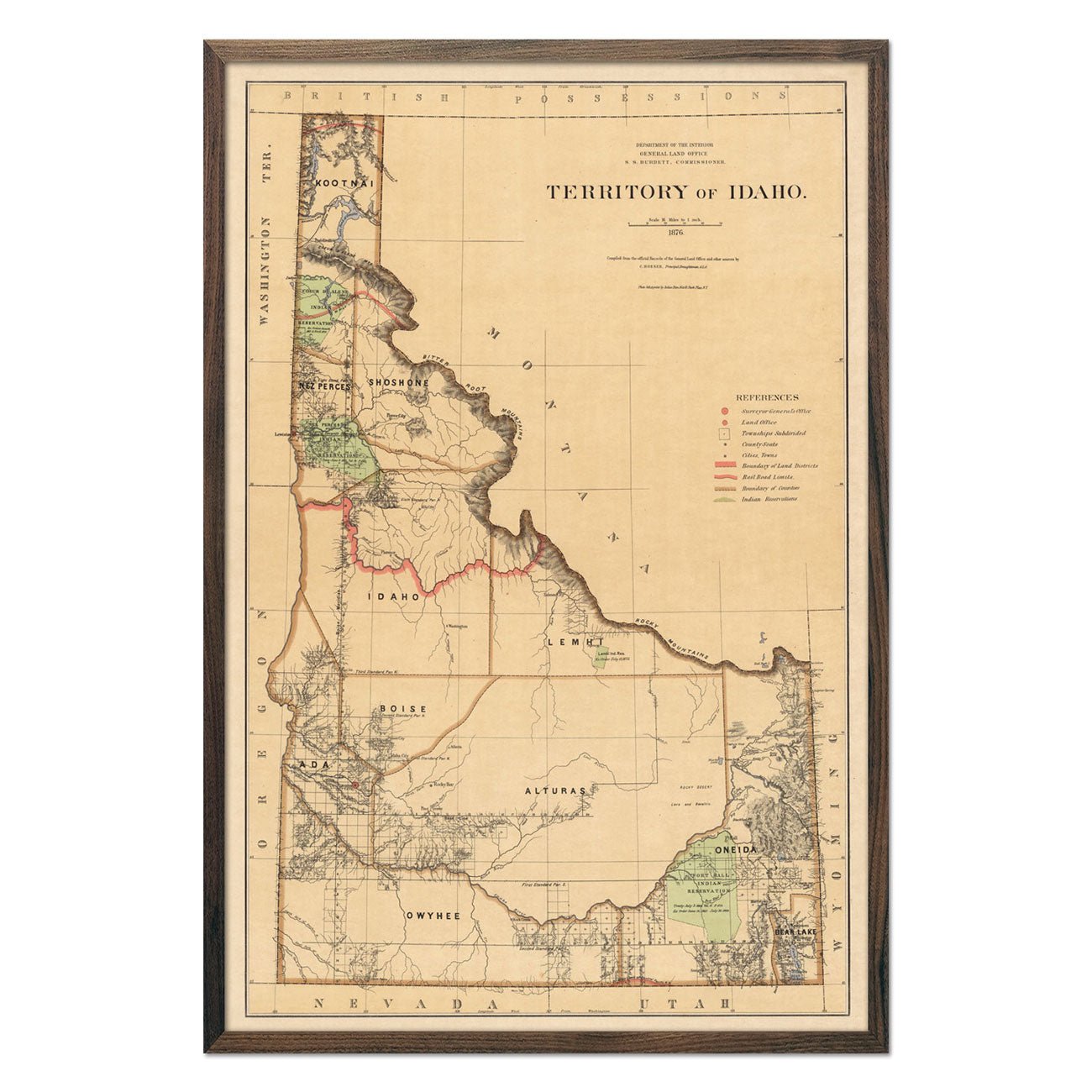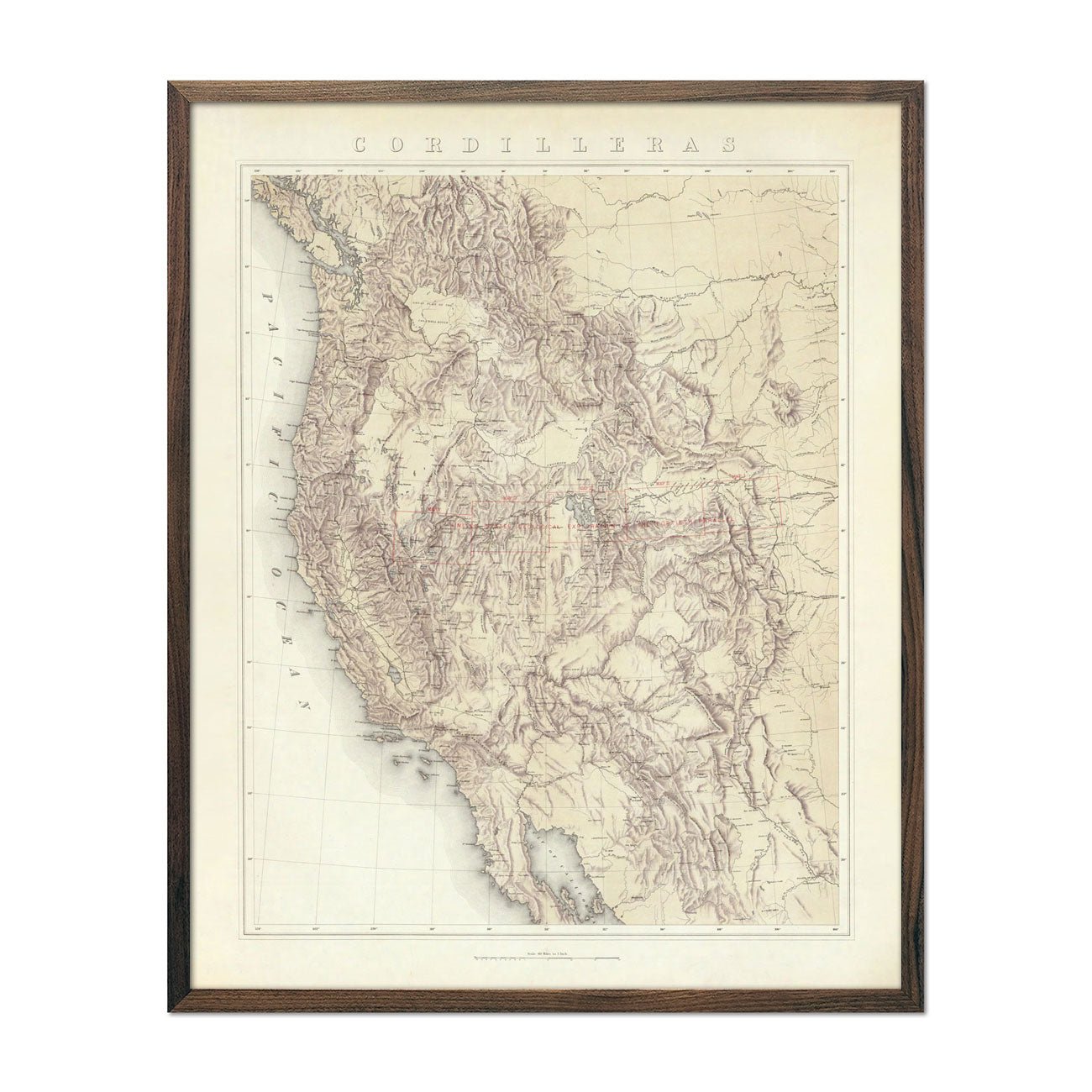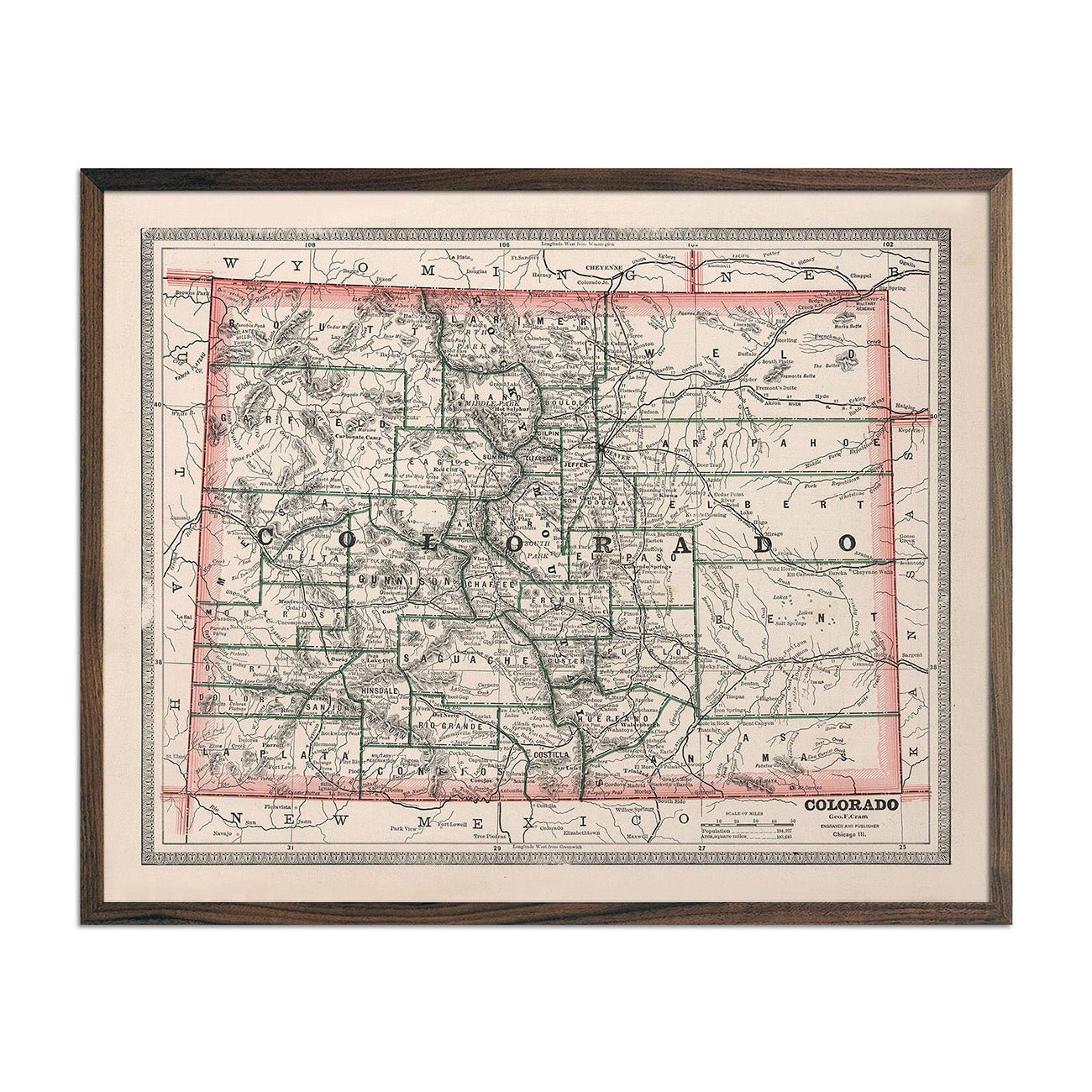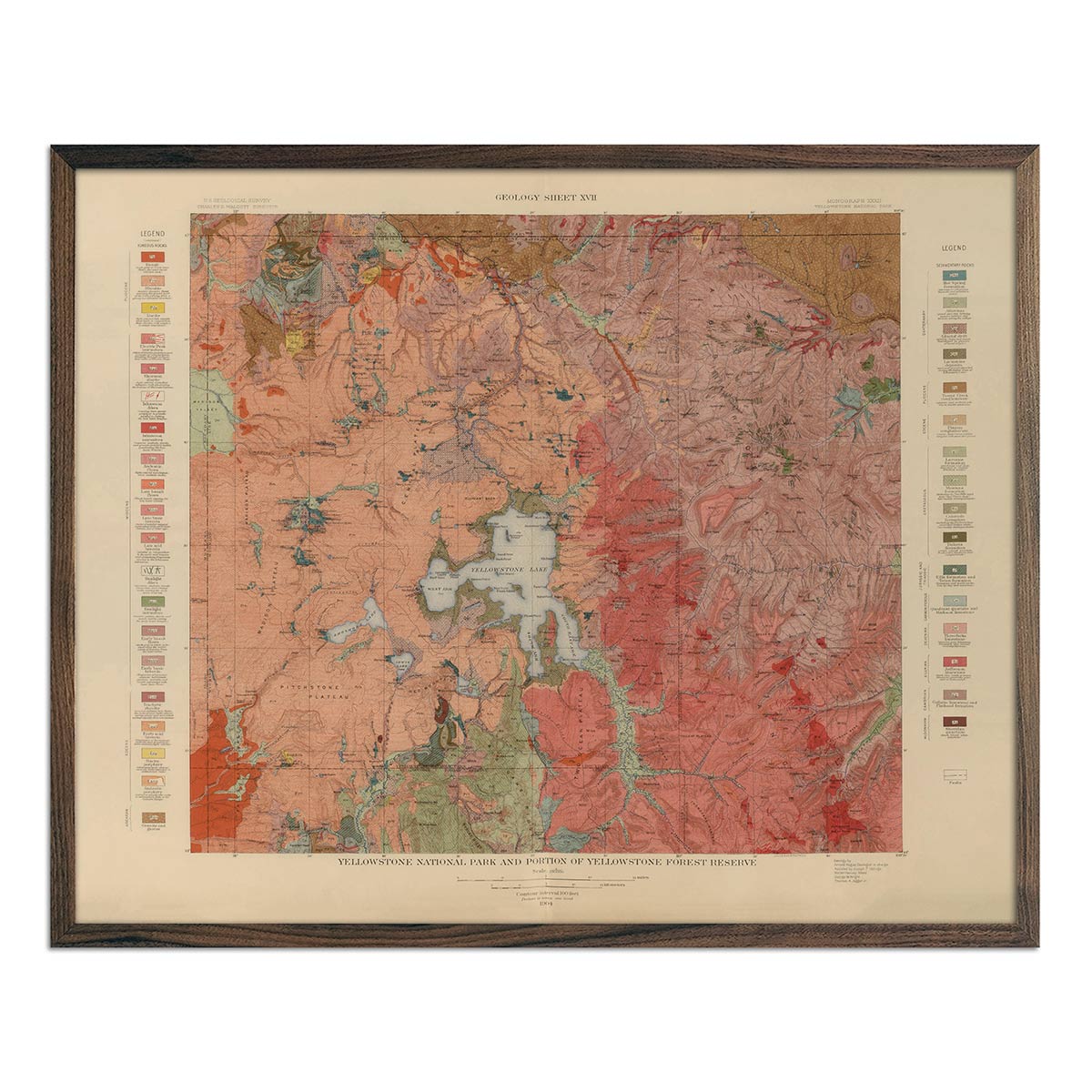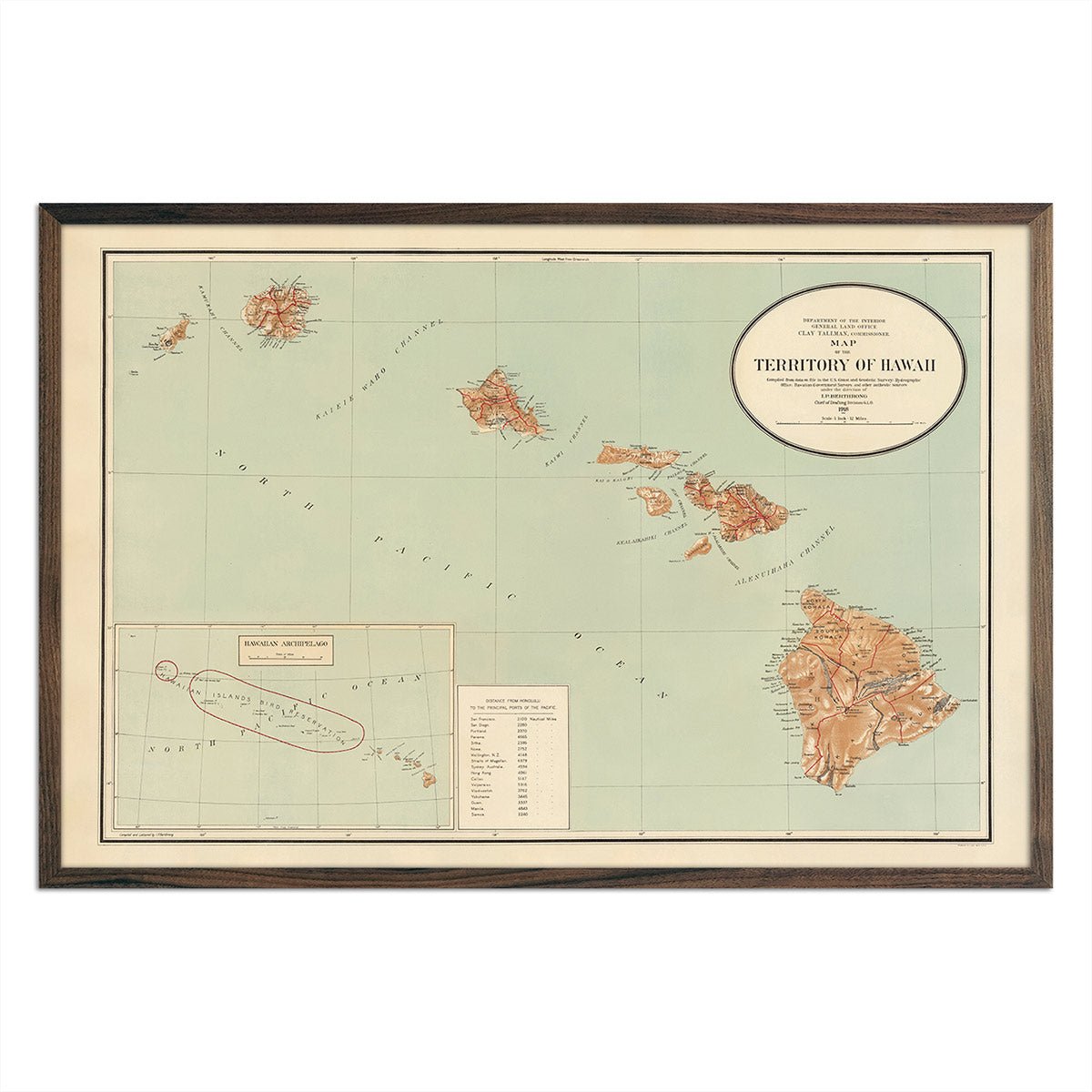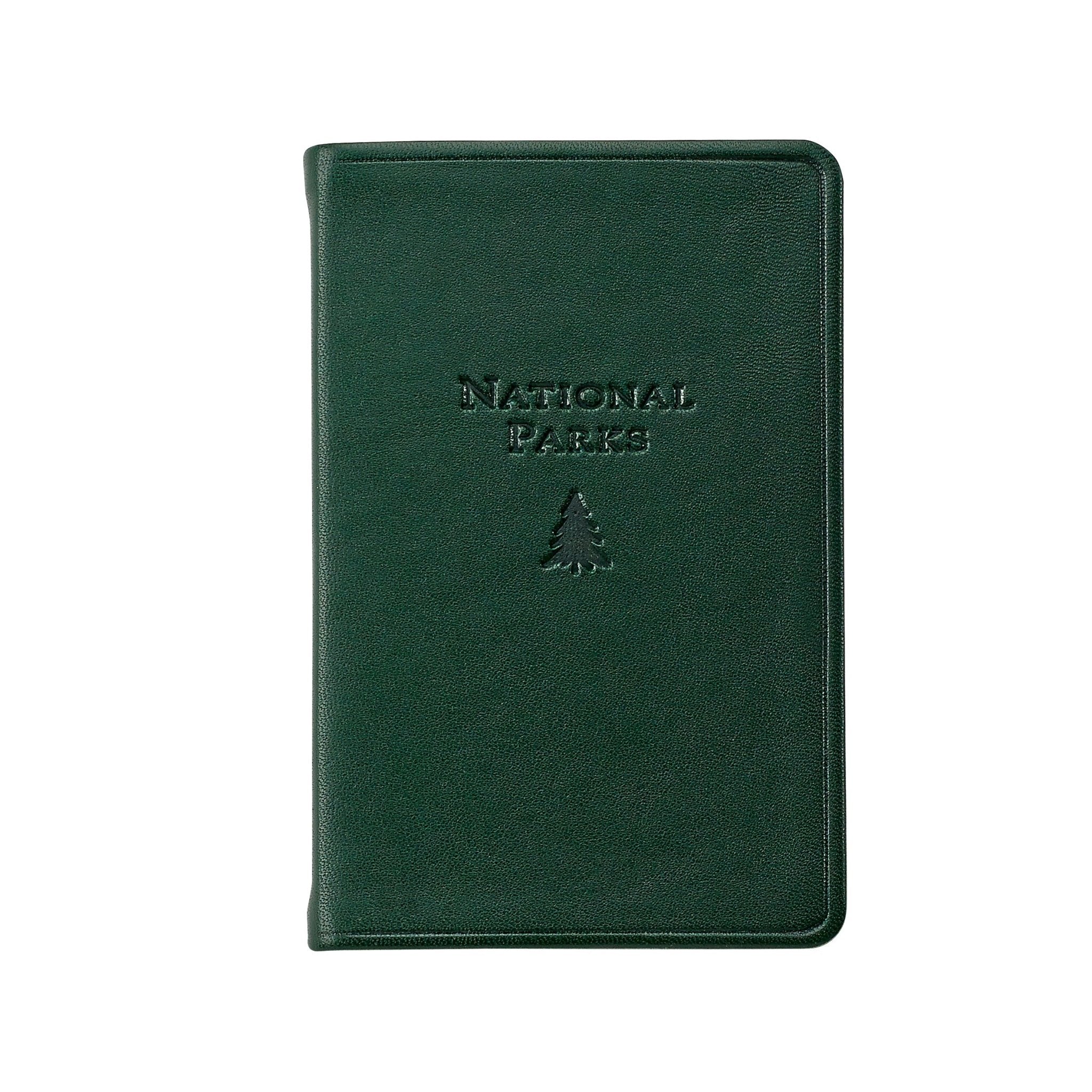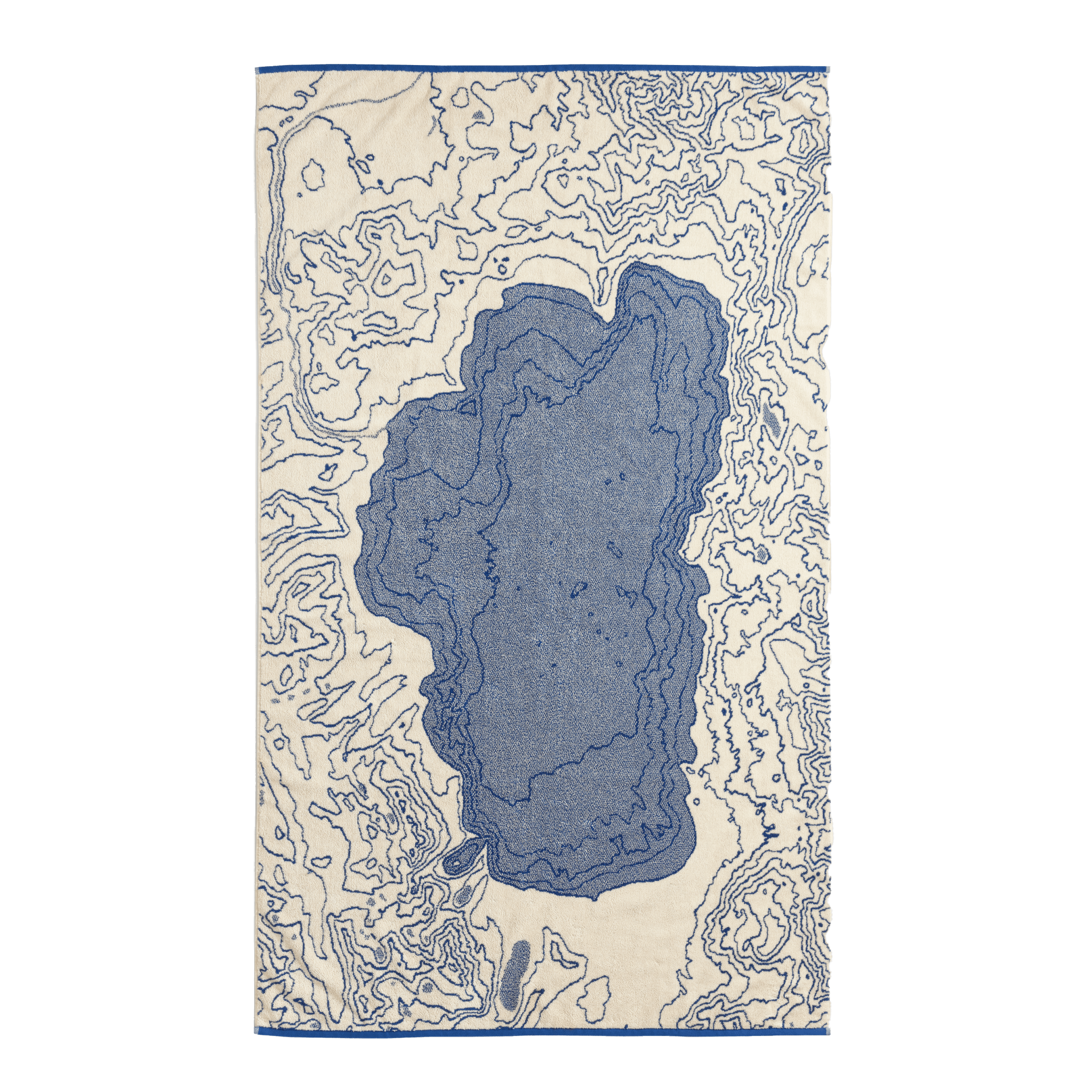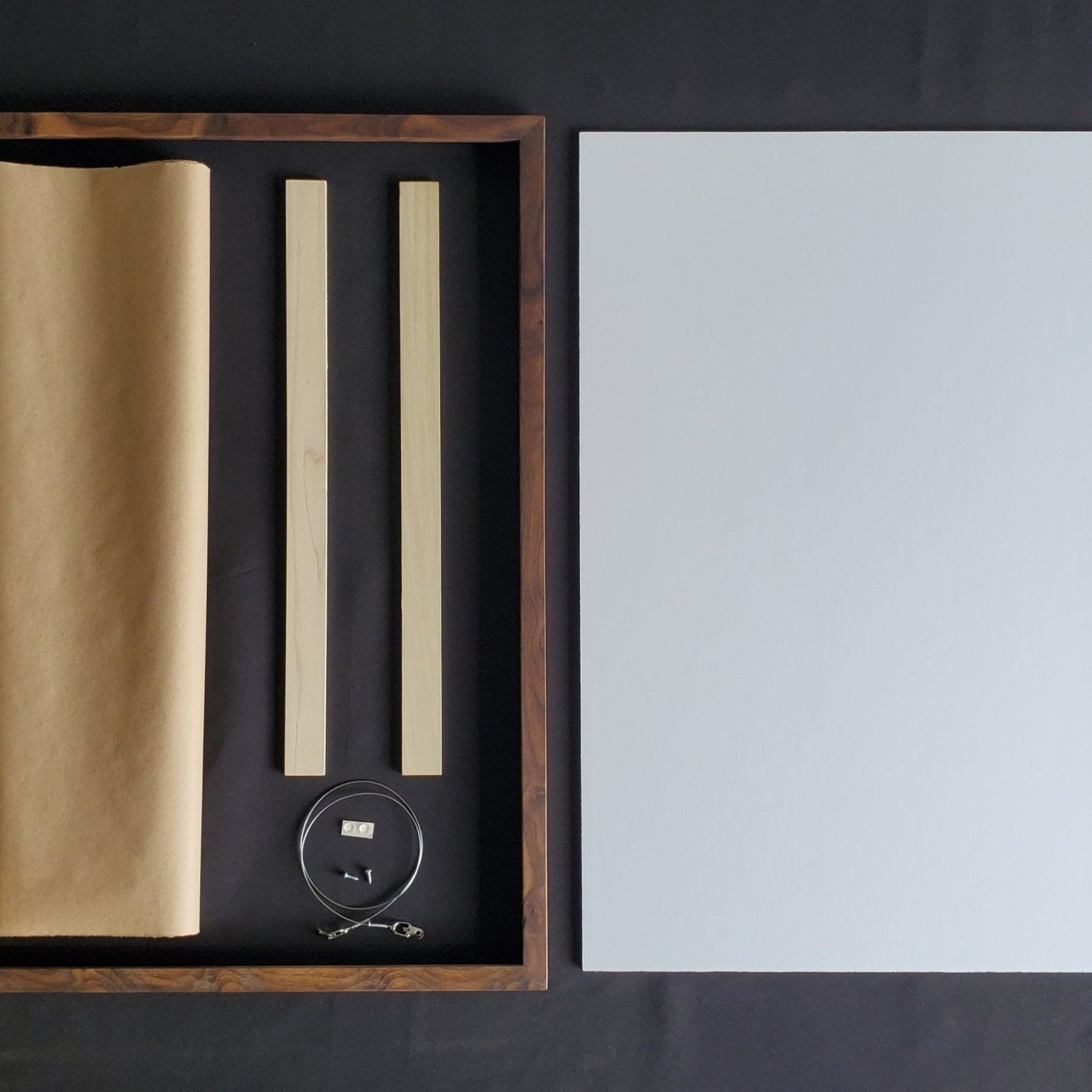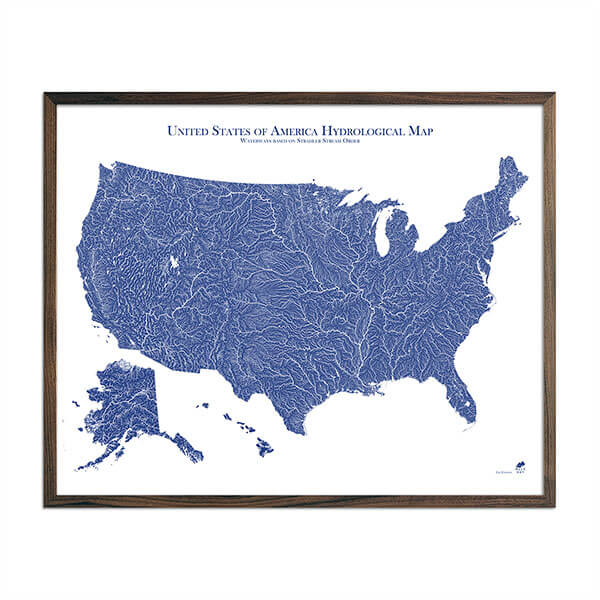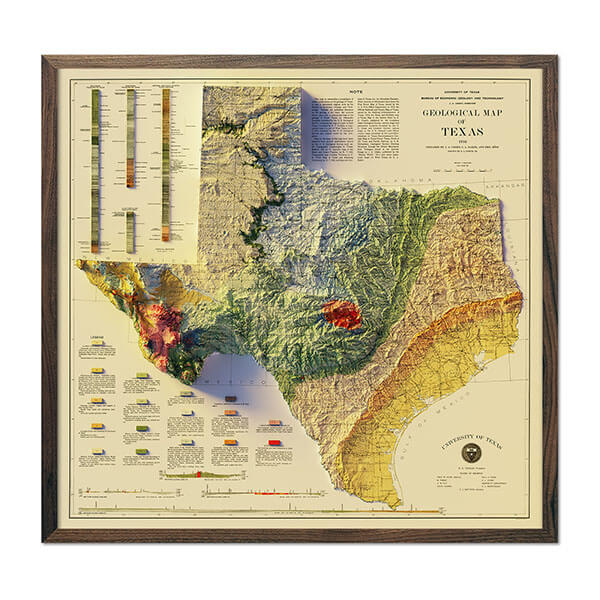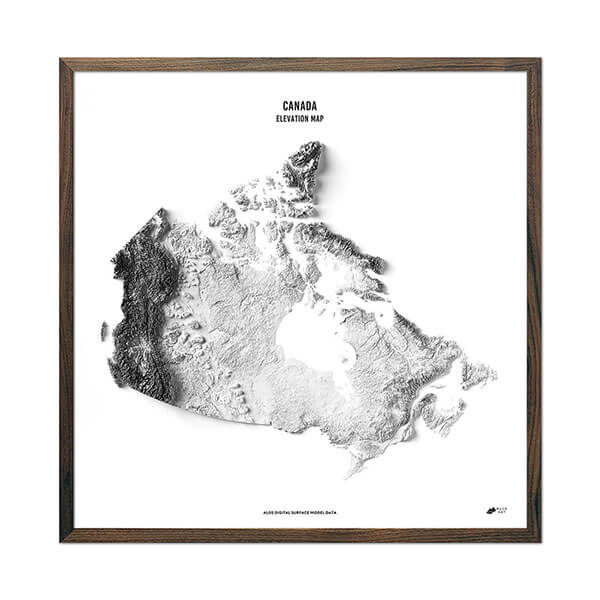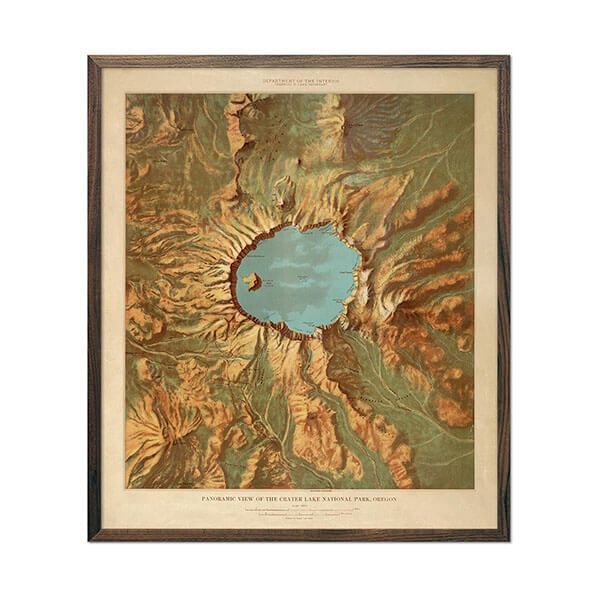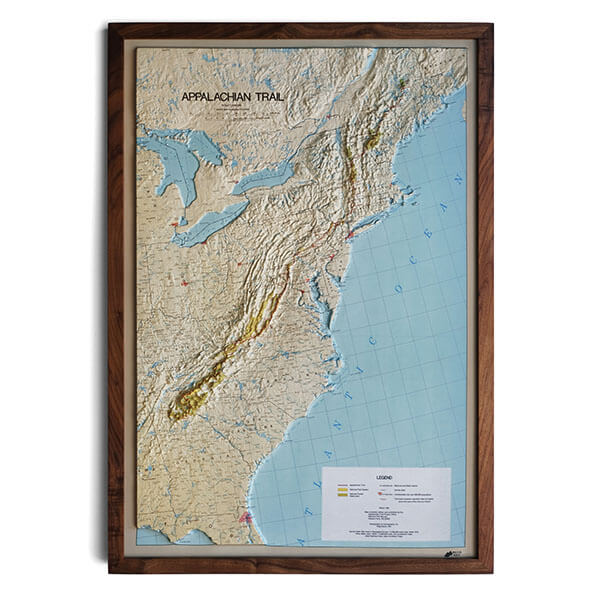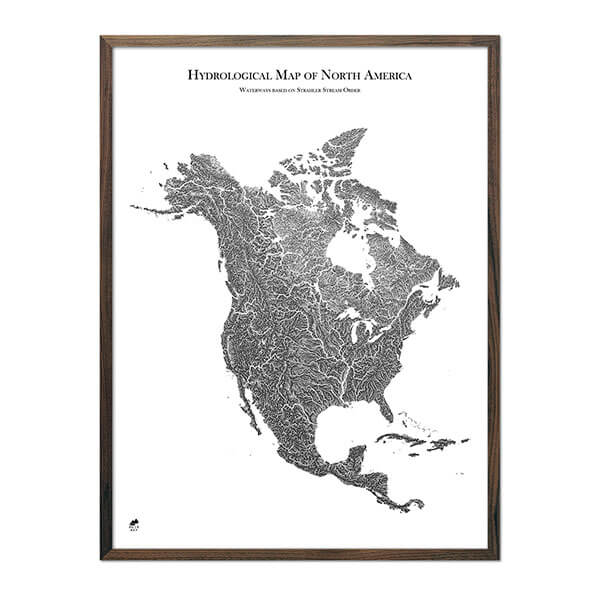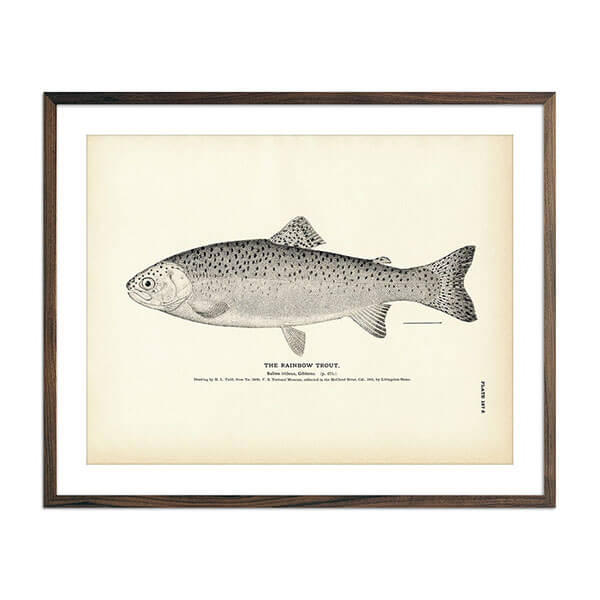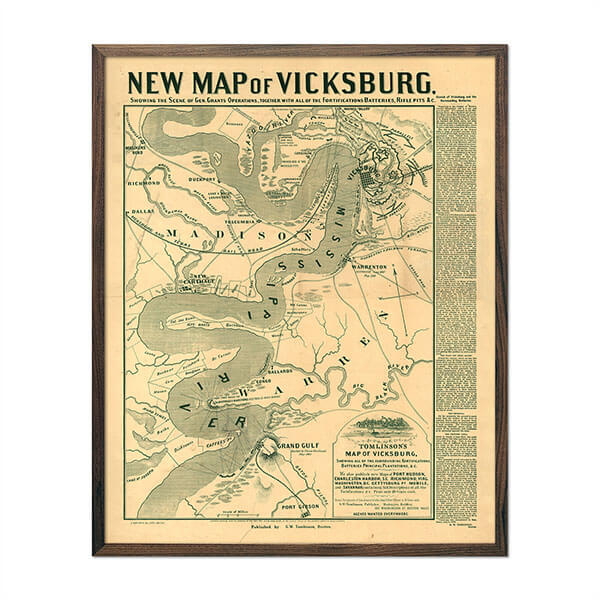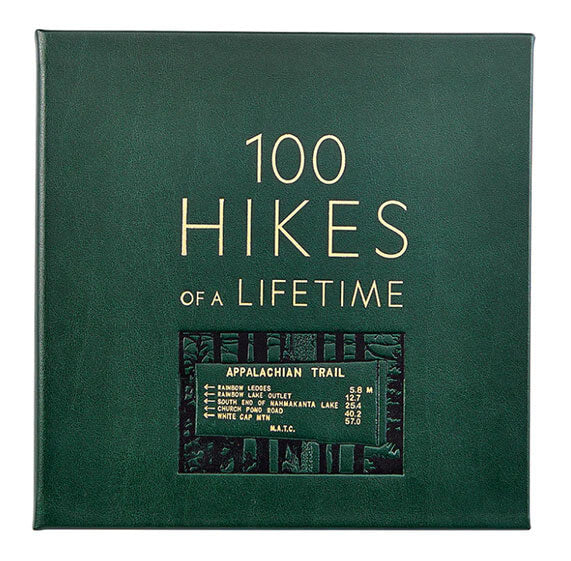Although noise pollution levels are up around the country, many national parks still offer peace and quiet.
Everyone listen up. Lend an ear. Ok, enough terrible puns. But actually, you’ll want to hear about this.
The National Park Service’s Division of Natural Sounds and Night Skies just released a map showing the nation’s loudest places. The national park map shows the dark blue areas as the quietest in the country, and the yellow and beige areas as the loudest. As you might expect, the data shows that the loudest places are in the cities and on the coasts. The west, stretching from Eastern California through North and South Dakota, is the softest part of the country.

For reference, a normal conversation registers at around 50 – 60 decibels (dB), while a jet engine from 100 feet is 140 dB. Luckily, even the loudest places represented in this map are under 70 decibels, because the US Department of Health and Human Services reports that prolonged exposure to sounds of more than 85 decibels can cause hearing loss.
Part of the National Park Service’s mission is reducing sound and noise pollution. Noise pollution in national parks can disrupt animal habits such as mating. This map shows that although noise is up around the country, National Parks still offer the opportunity for quiet places.
For example, one of the quietest places is Yellowstone National Park in Wyoming. Yellowstone Park shows noise levels similar to those from pre-European colonization.
To produce the map, the National Park Service compiled and analyzed 1.5 million hours of acoustic monitoring from 546 park sites around the country and used a computer algorithm that combined the average precipitation and geography of the locations.

The National Park Service’s report also shows the predicted soundscape without people. In this map, the noise levels come from natural occurrences, such as animal noises, water rushing, and wind blowing. The map still shows that the eastern half of the country is much louder than the western half, but with a maximum decibel level of under 40 (softer than a typical conversation).
The national park map shows a lot of natural noise on the Mississippi corridor (from north to south) and in Southern Florida.
What has been your noise experience in national parks? Let us know in the comments below.

